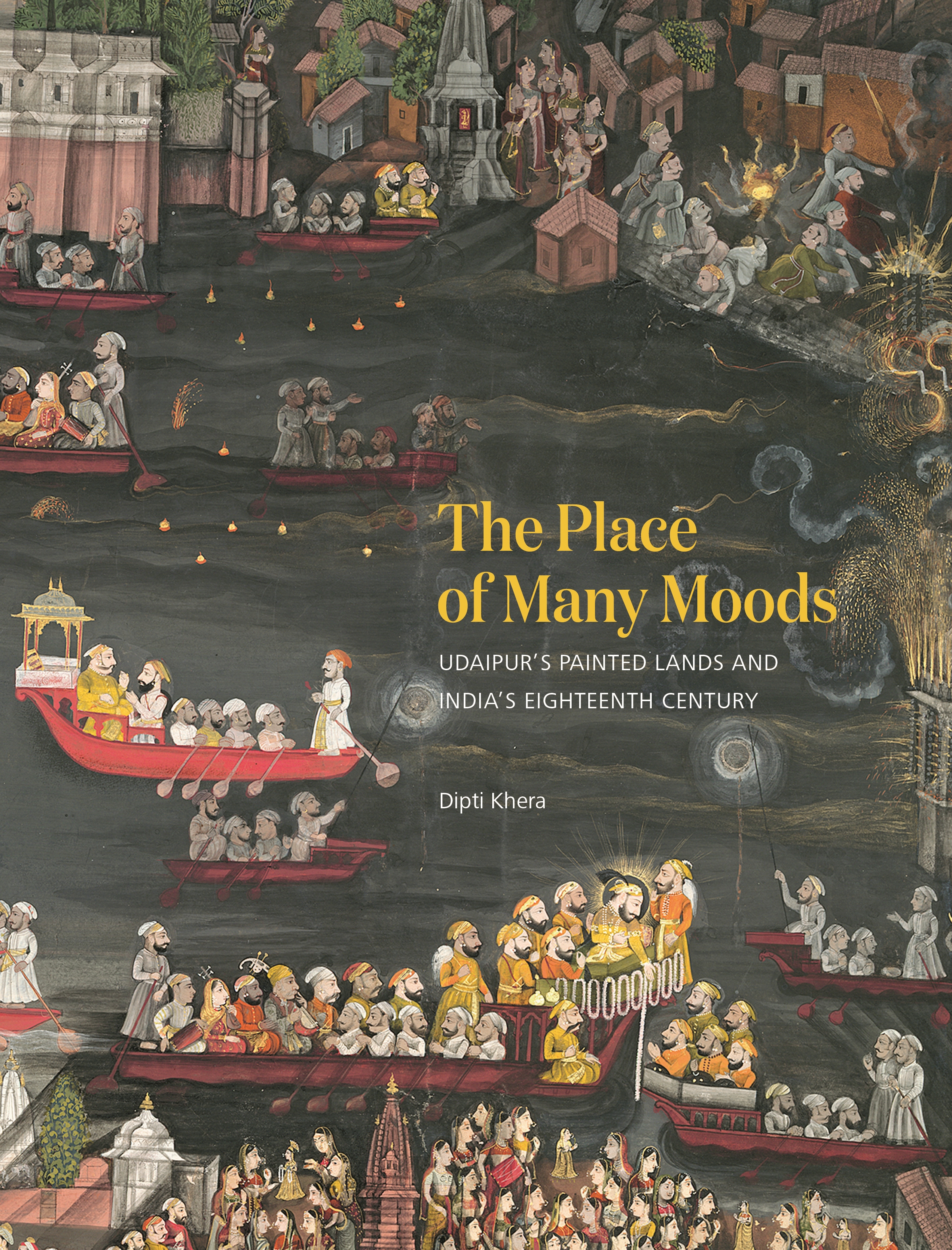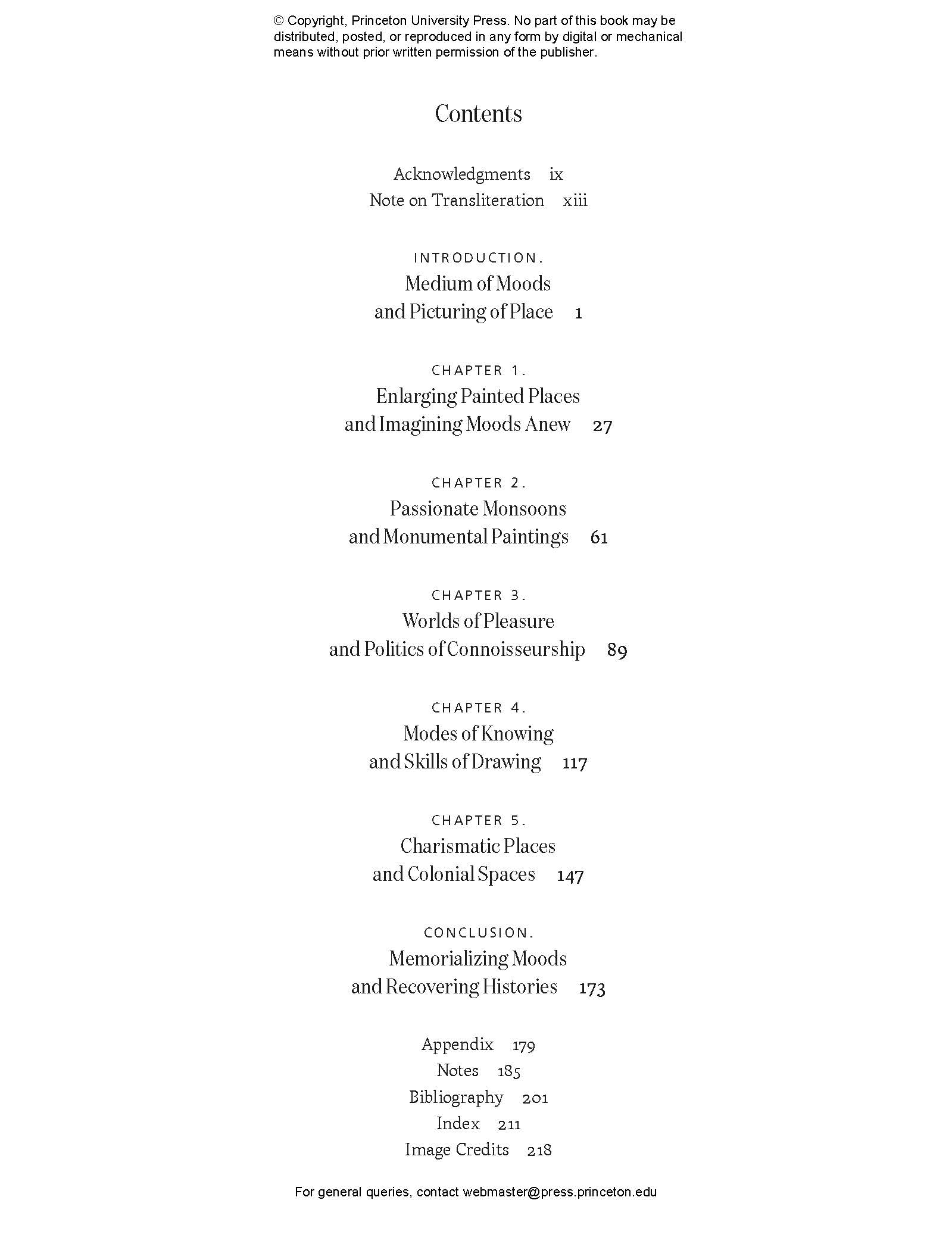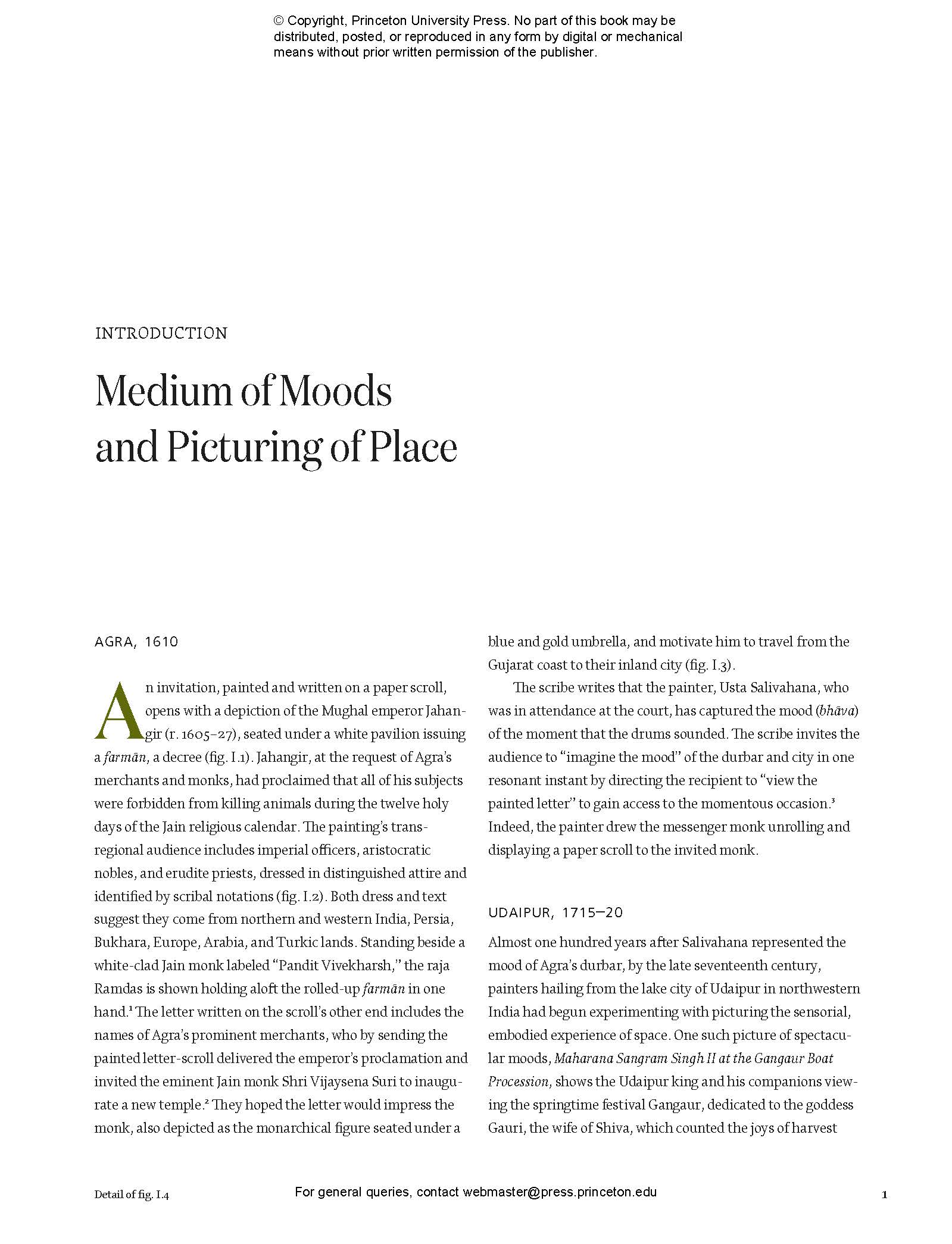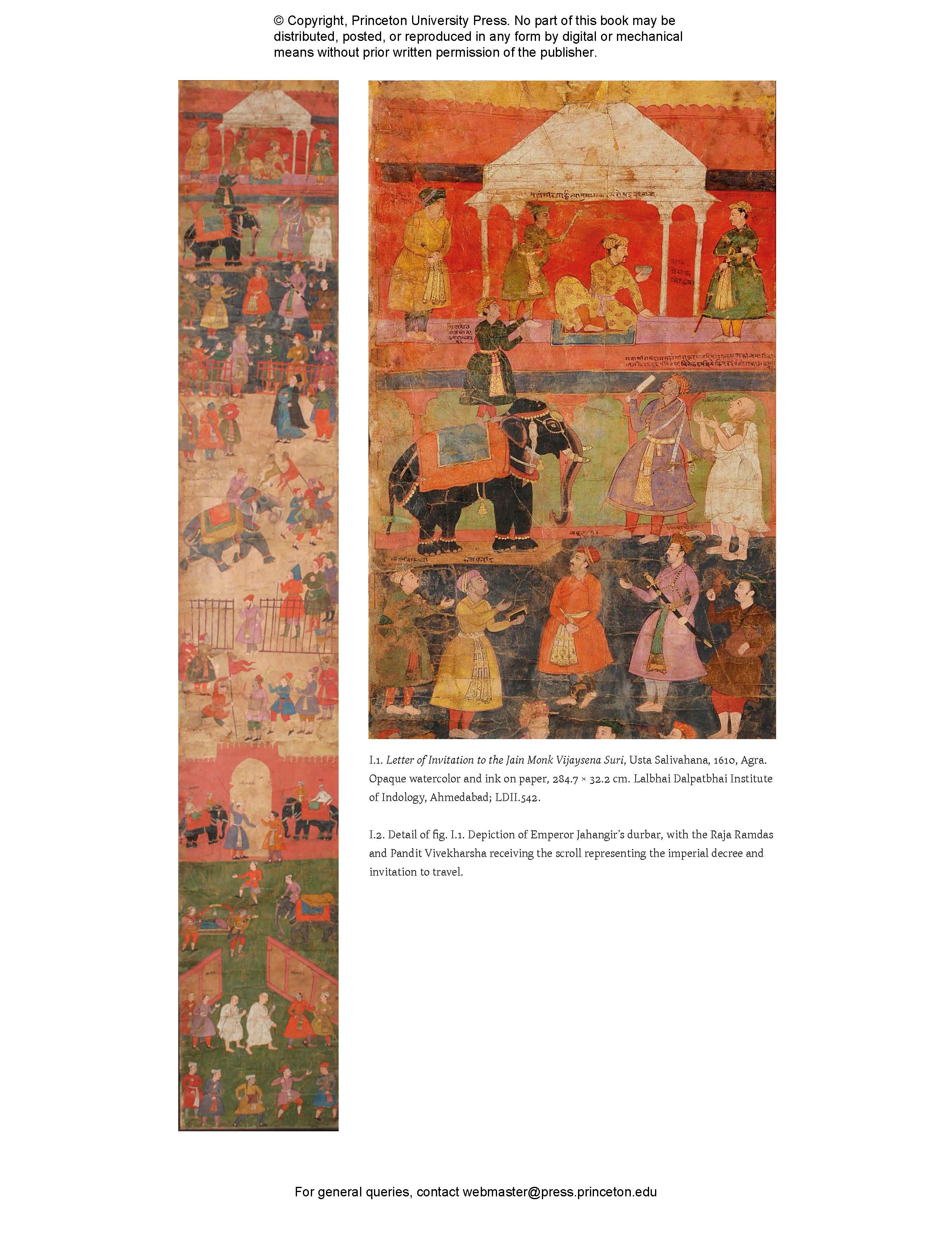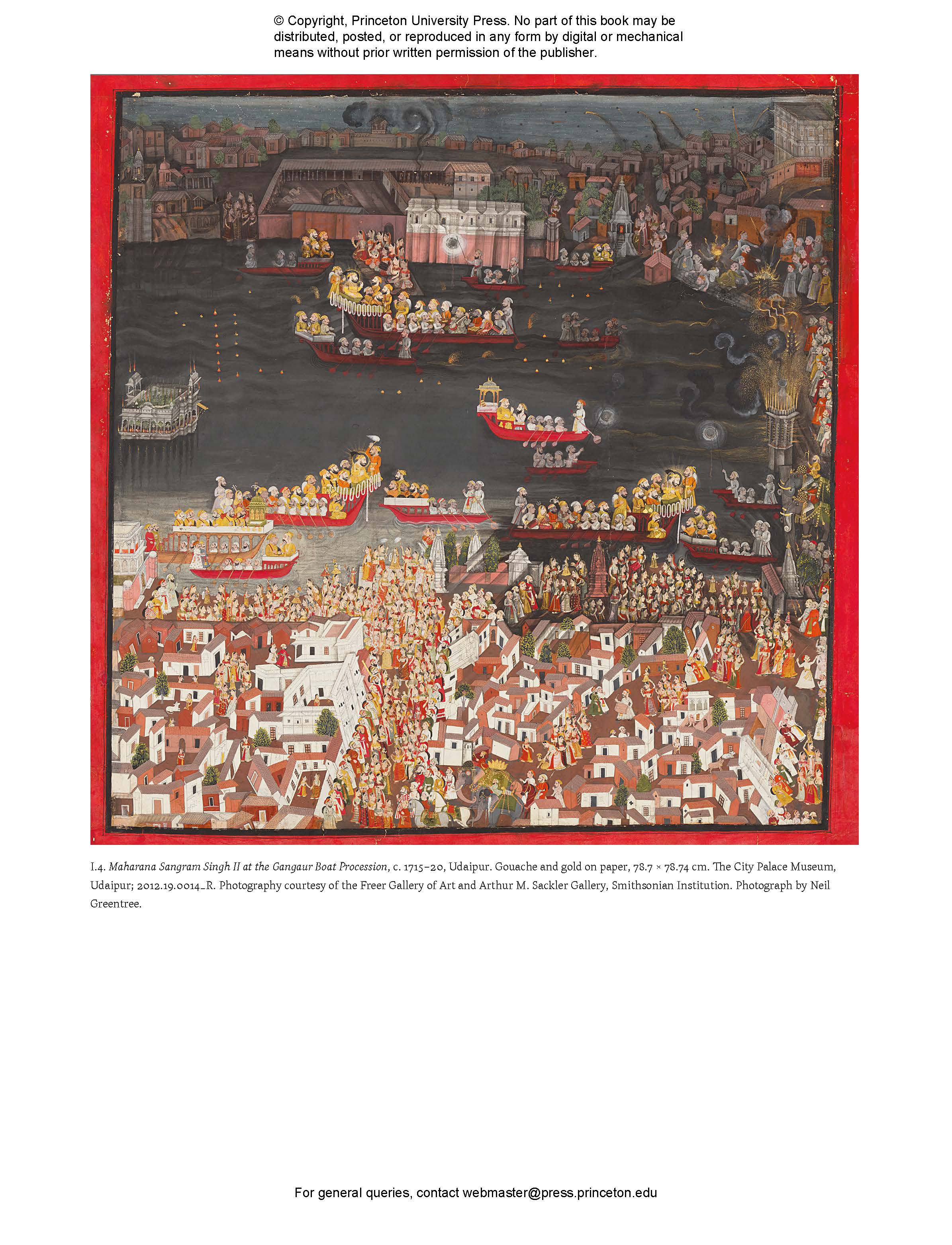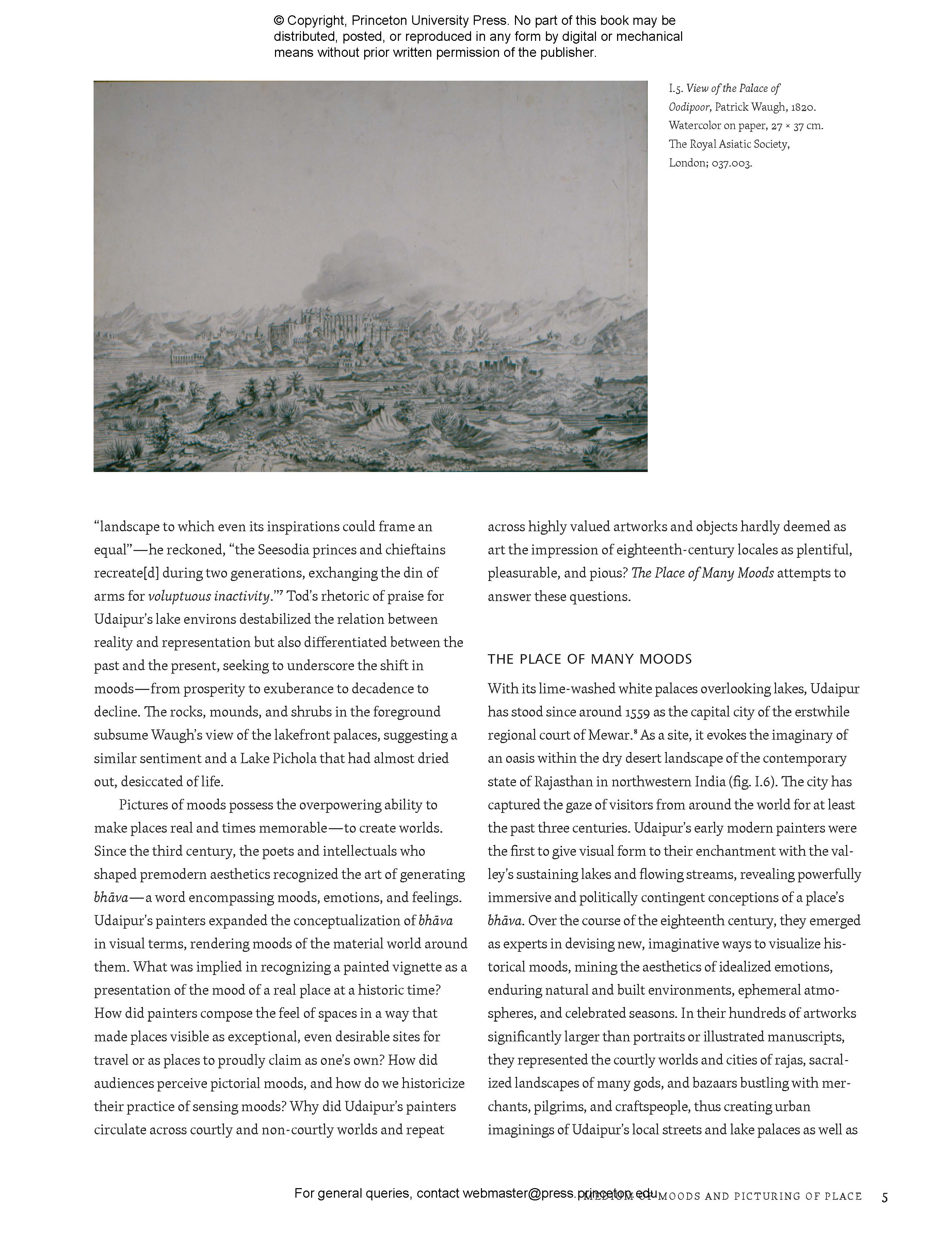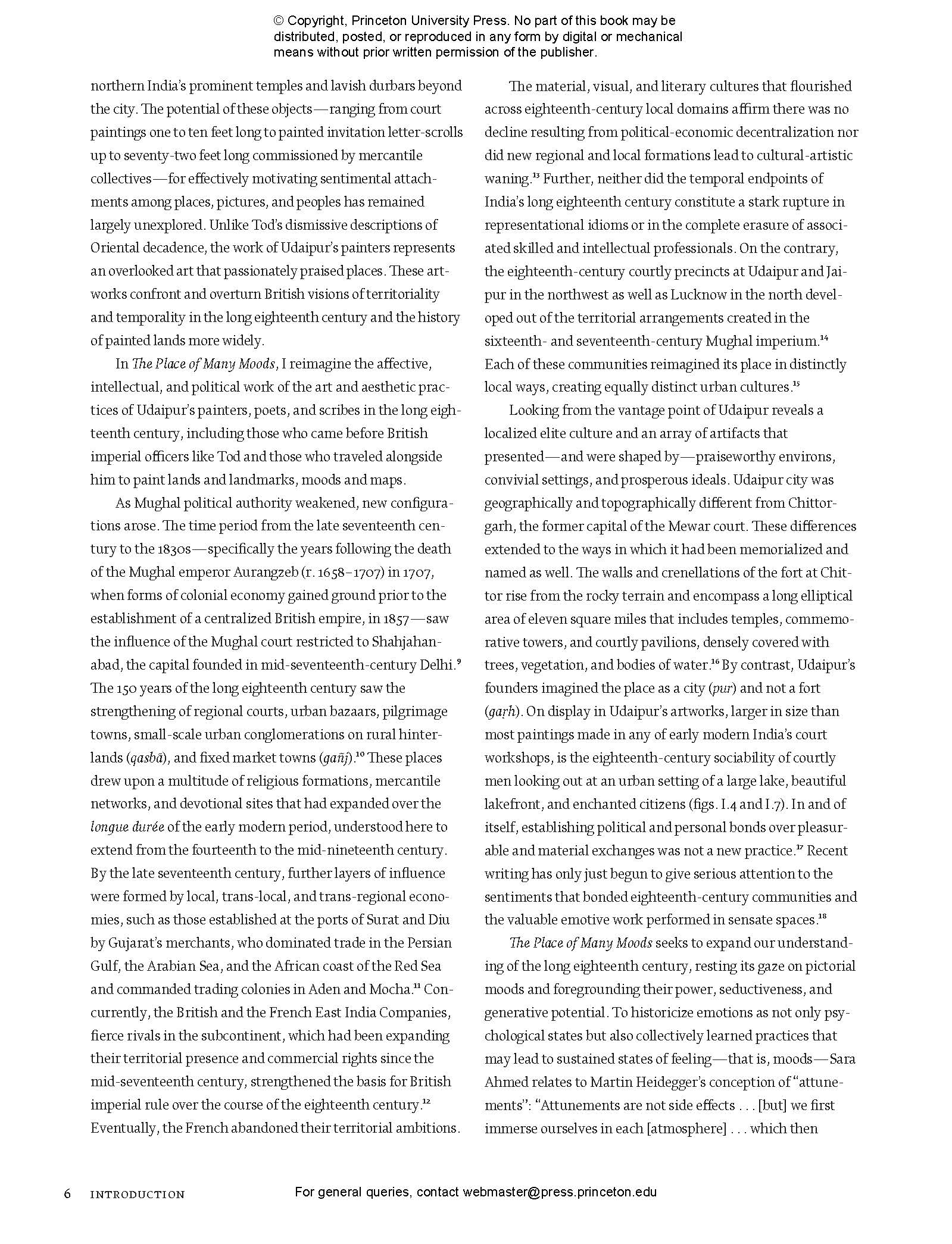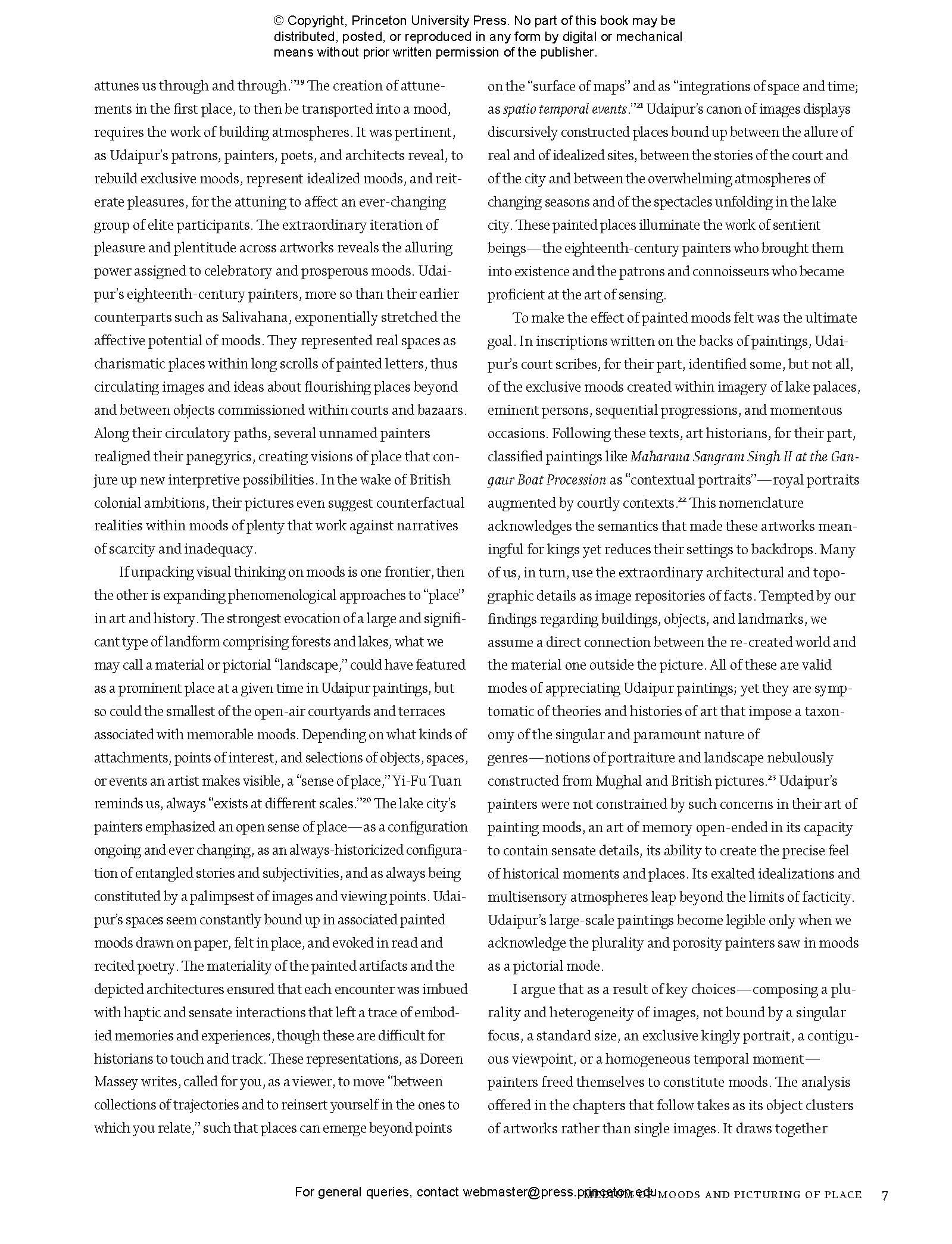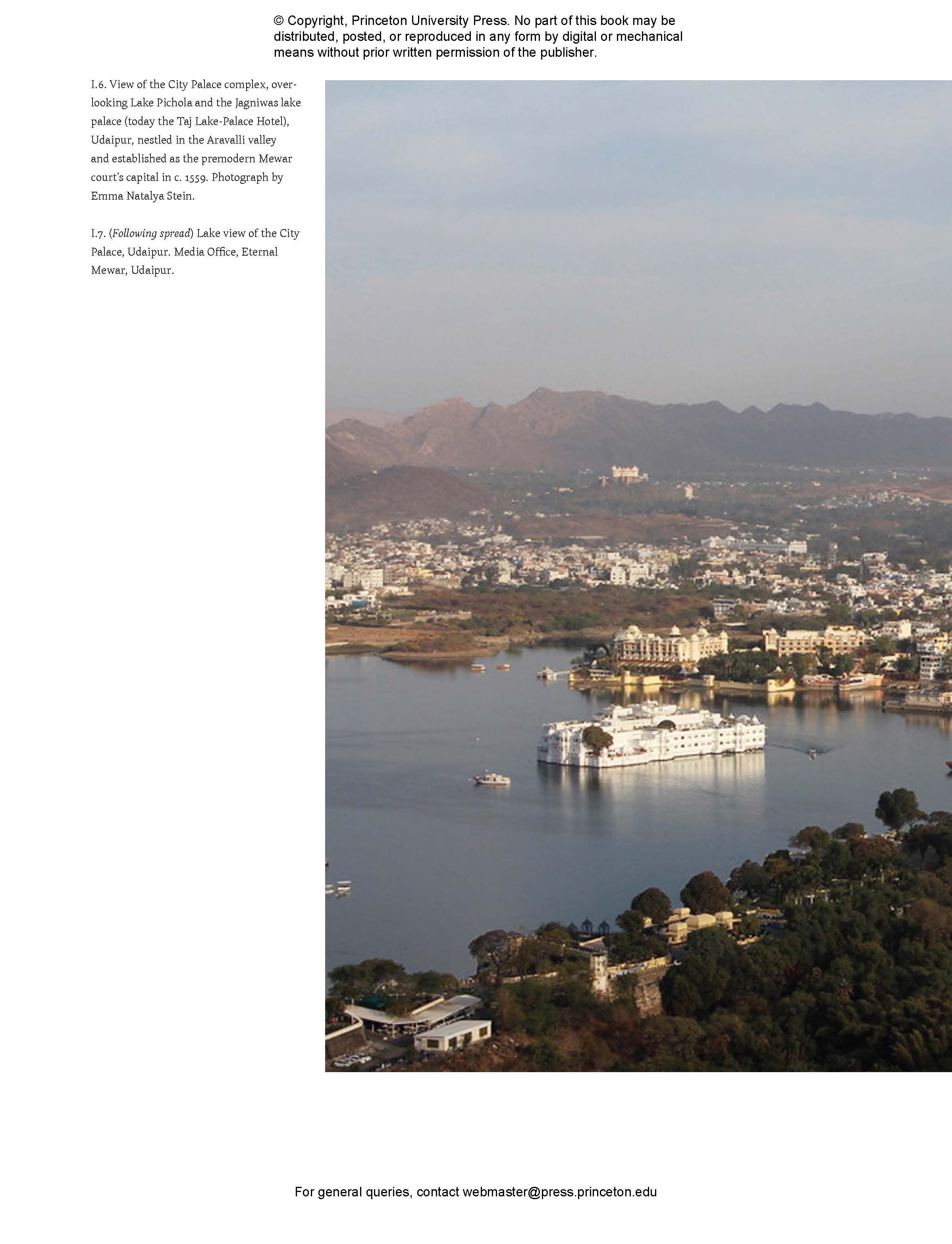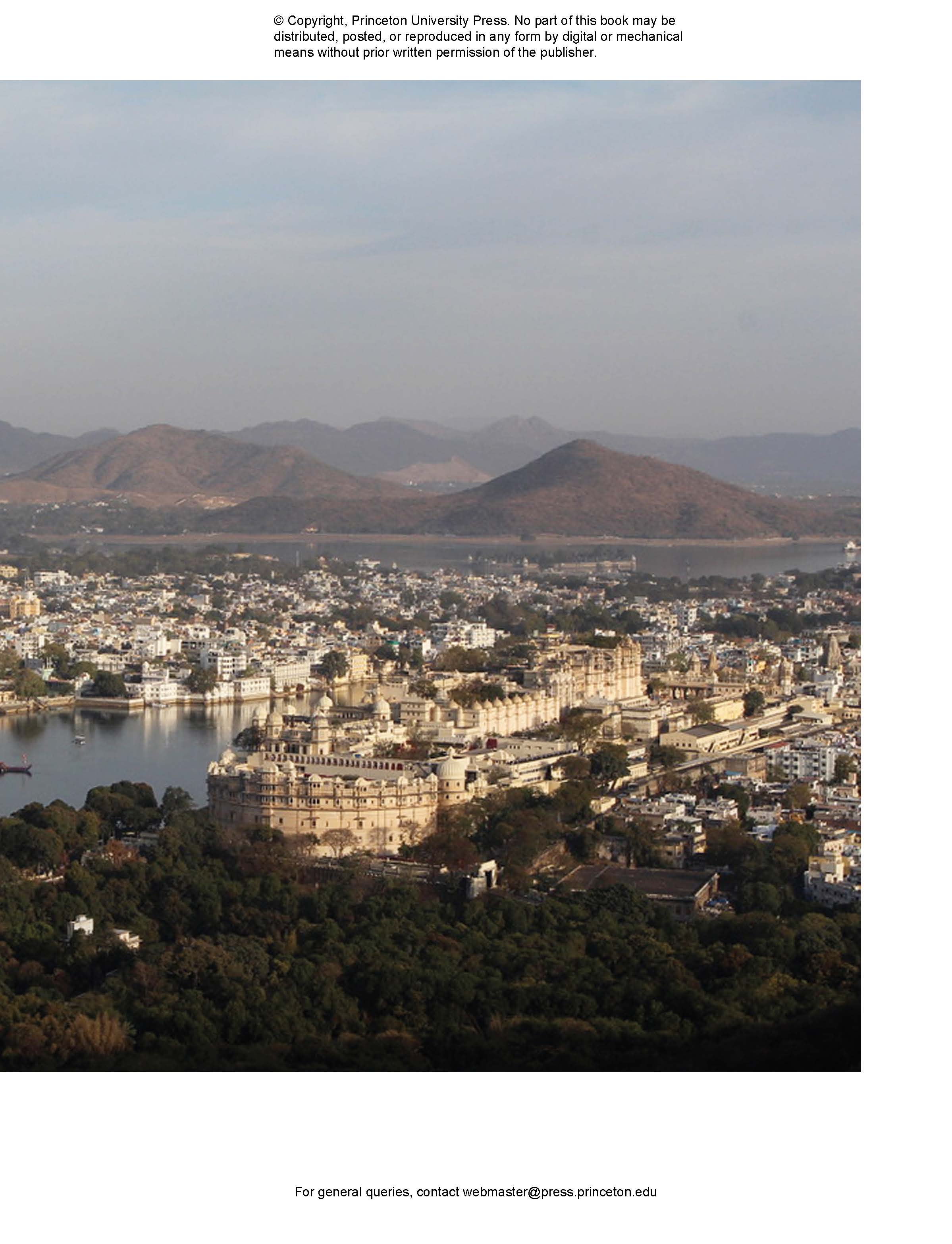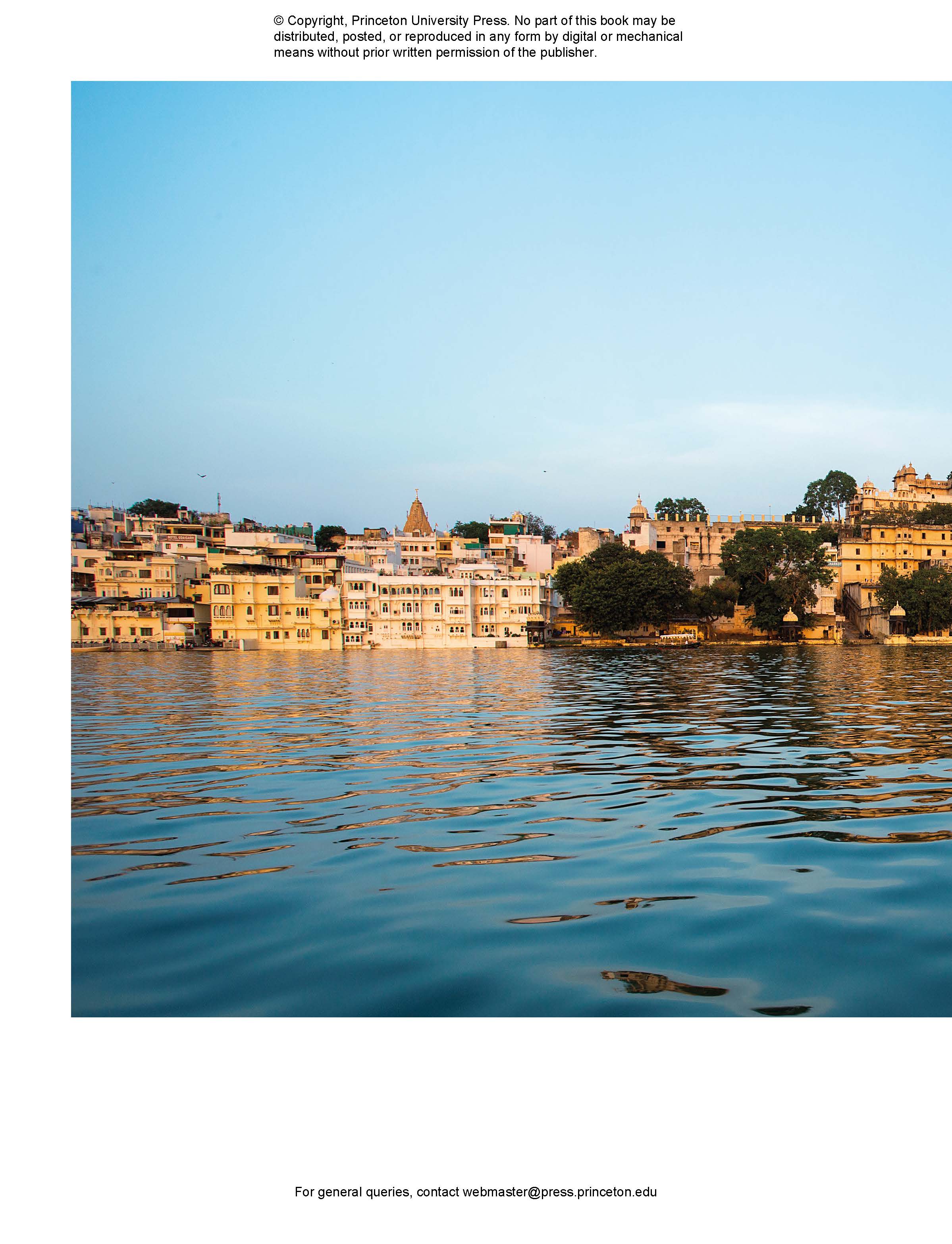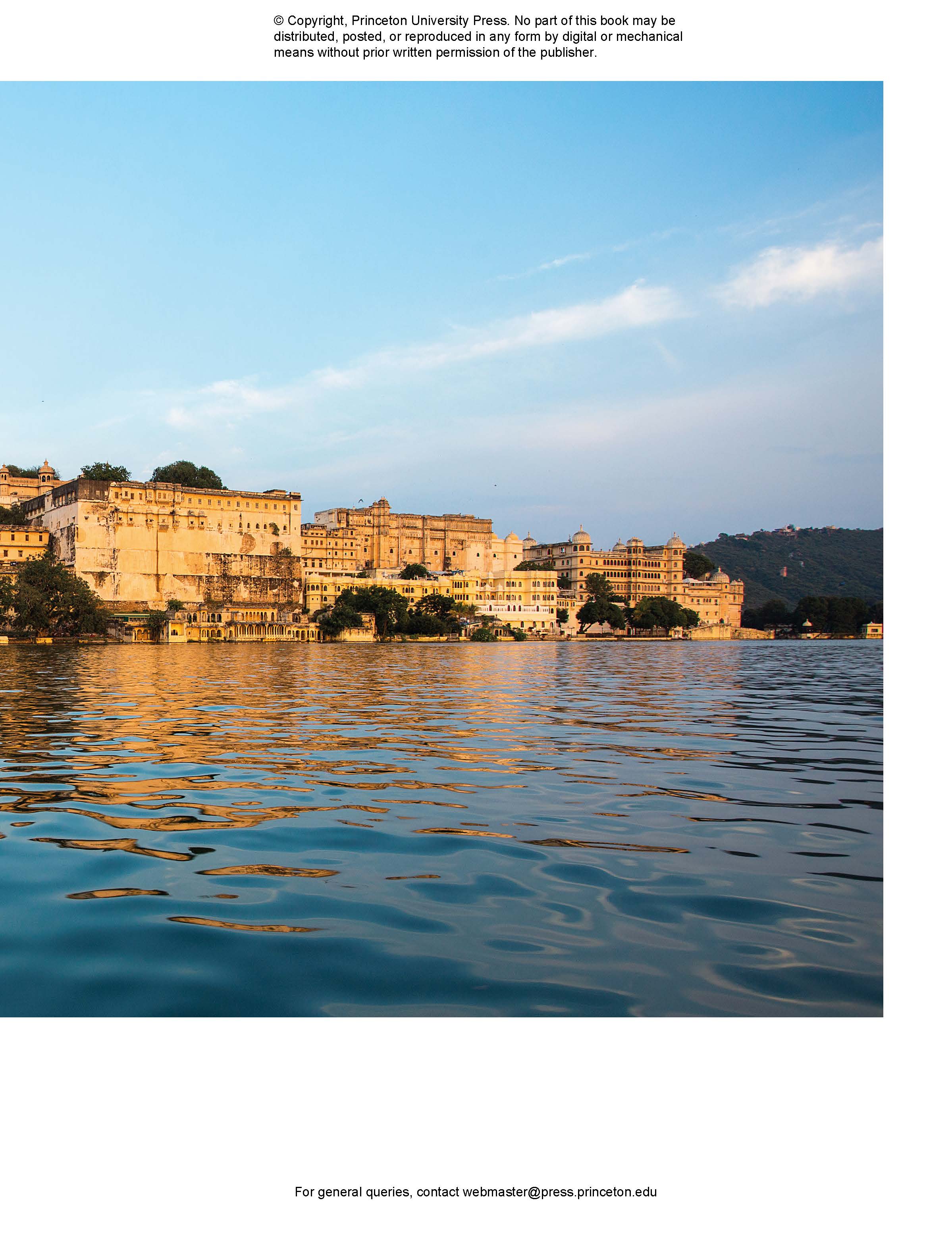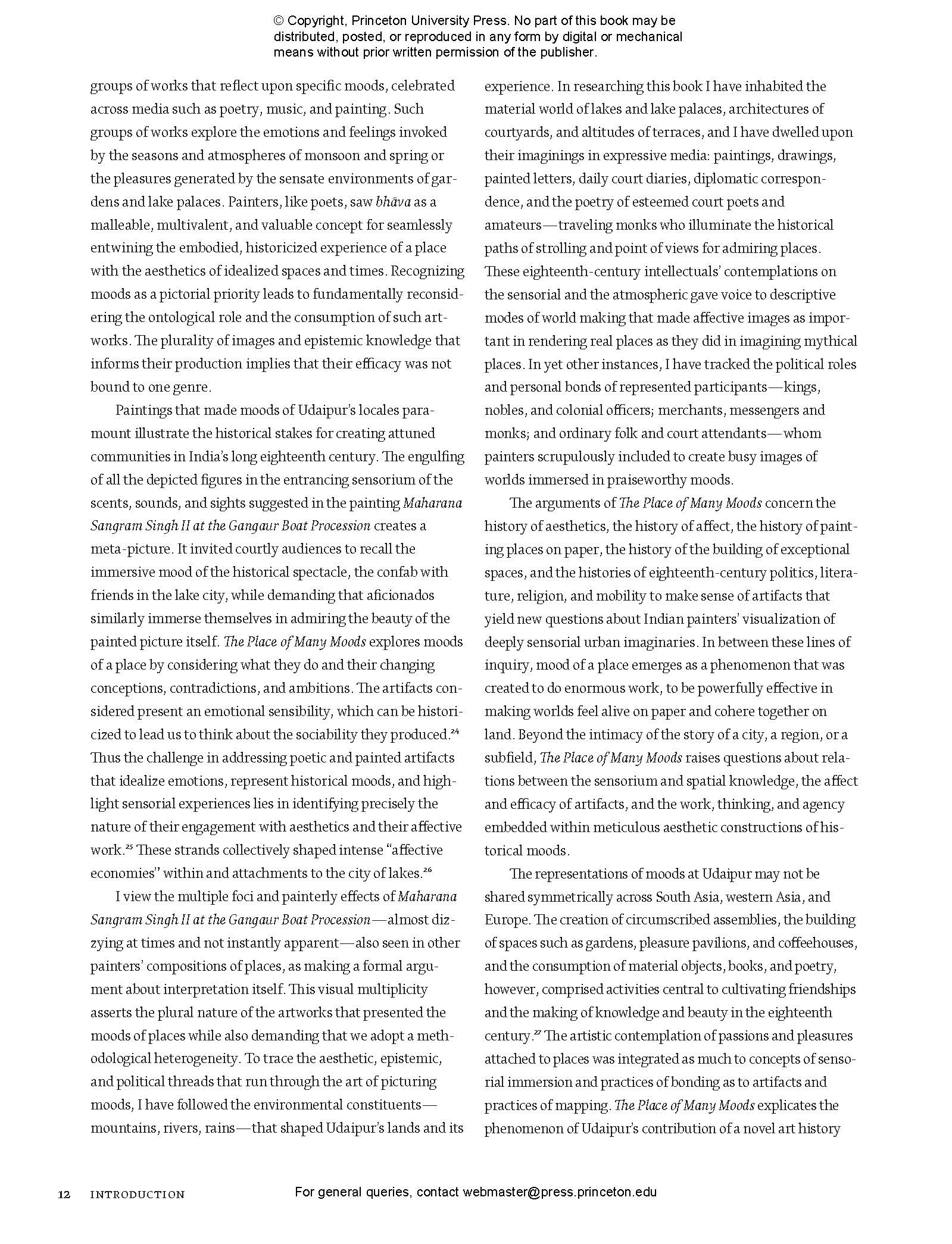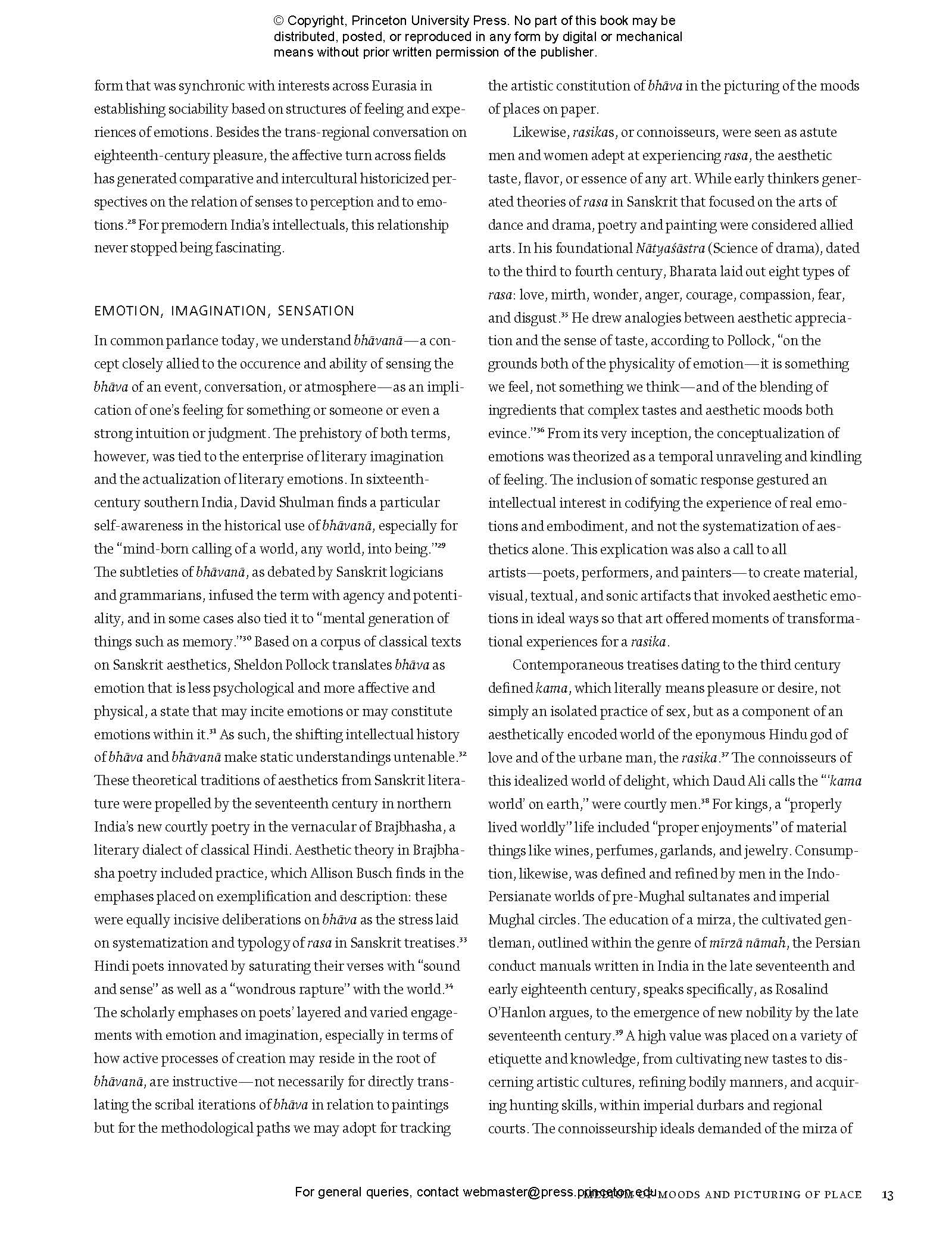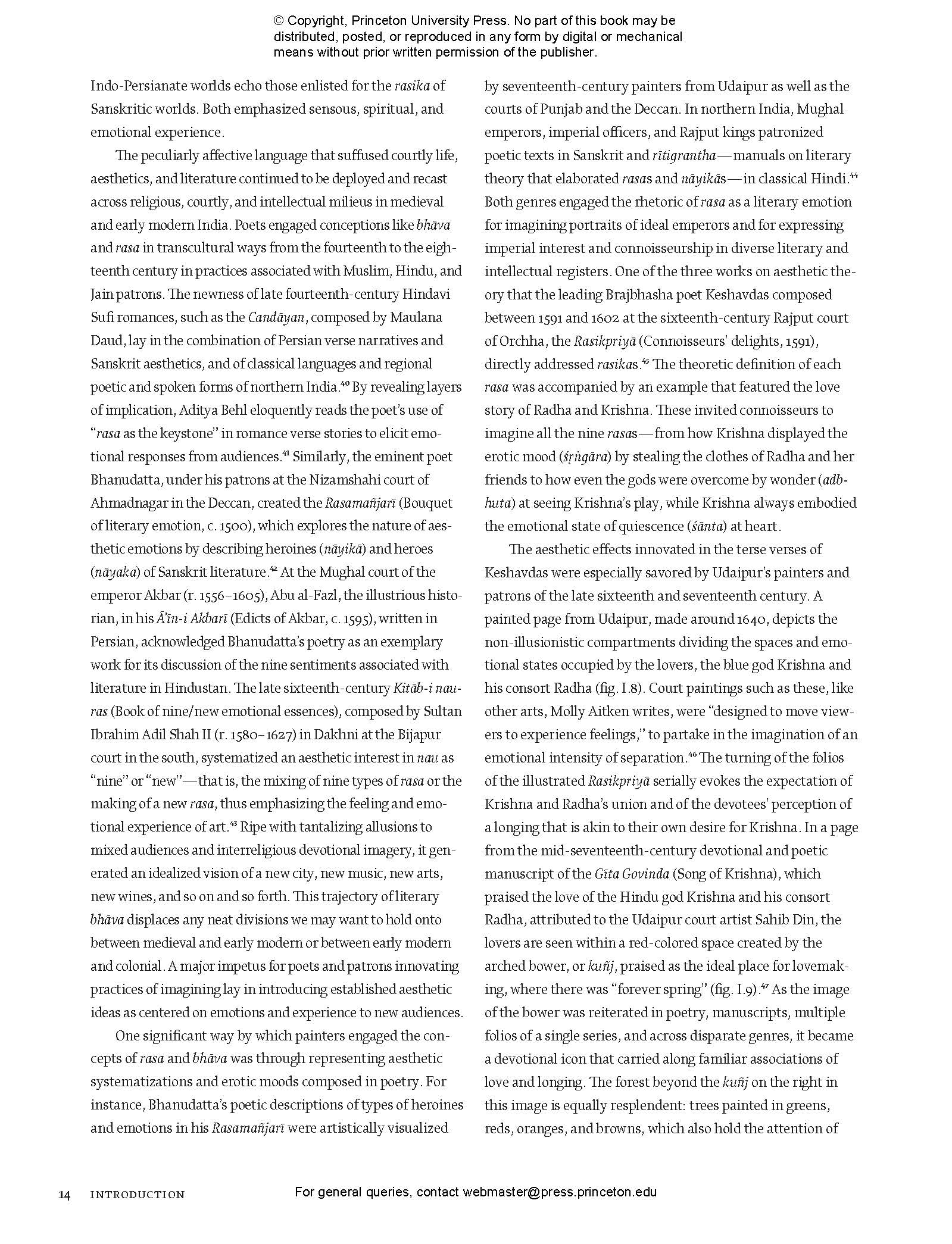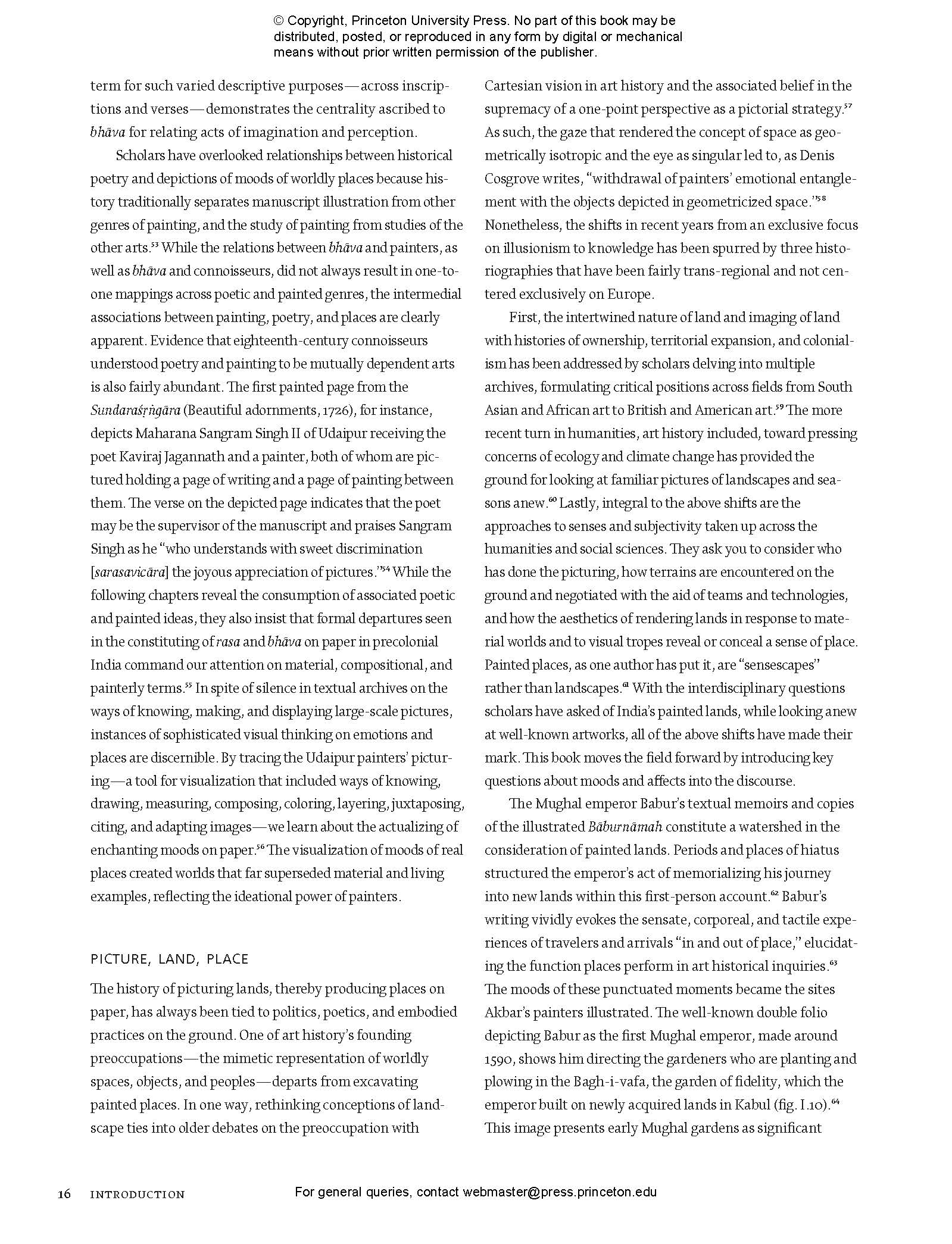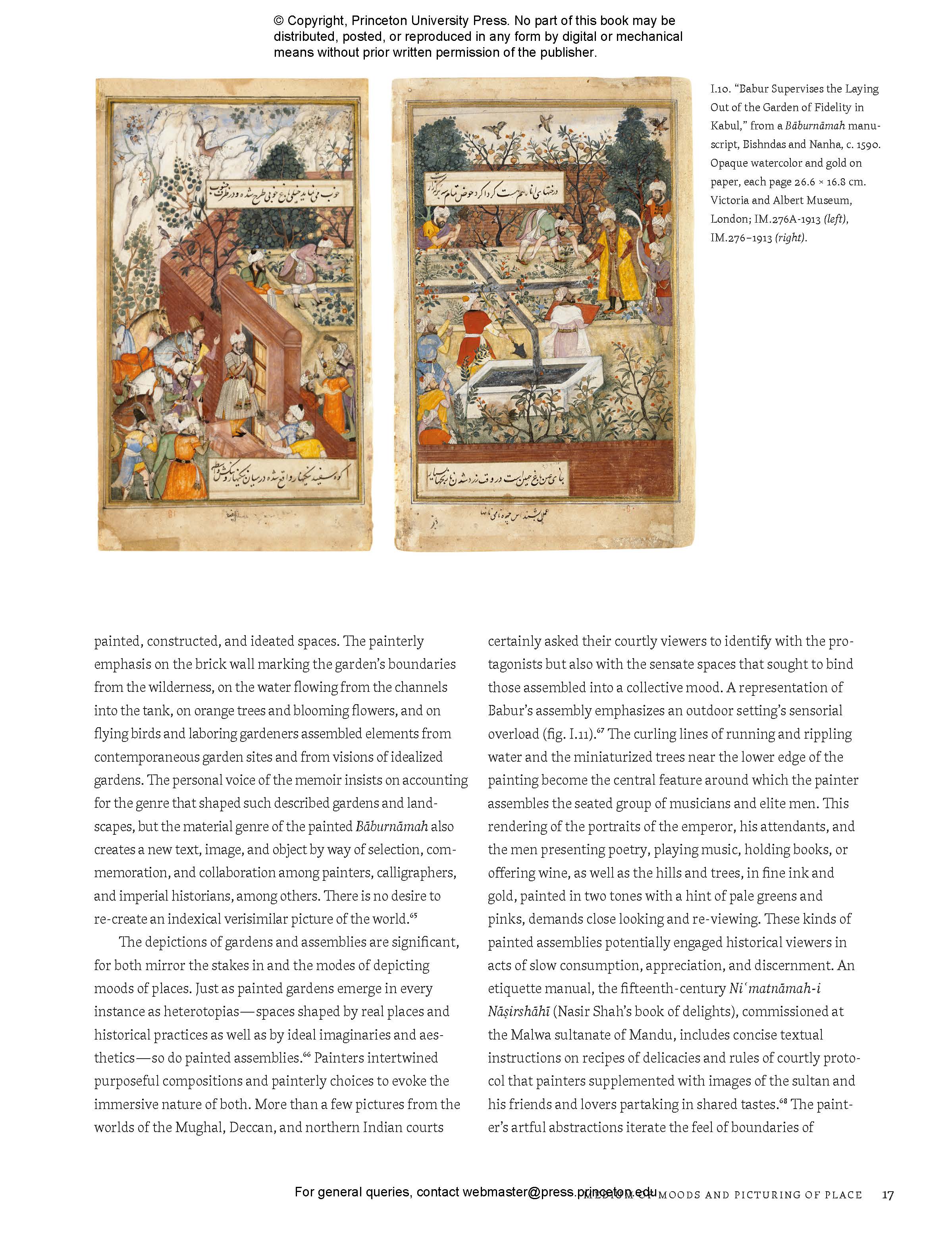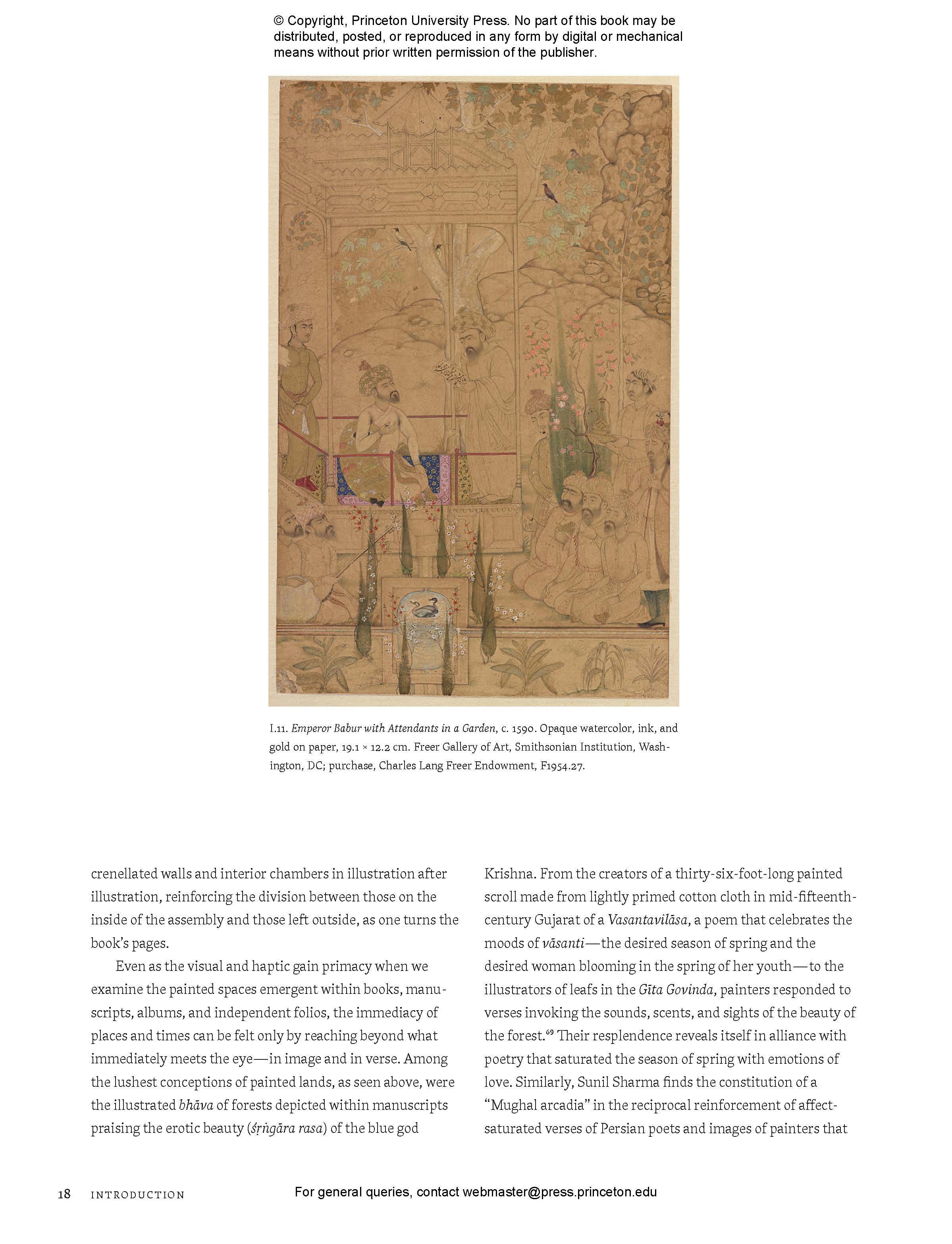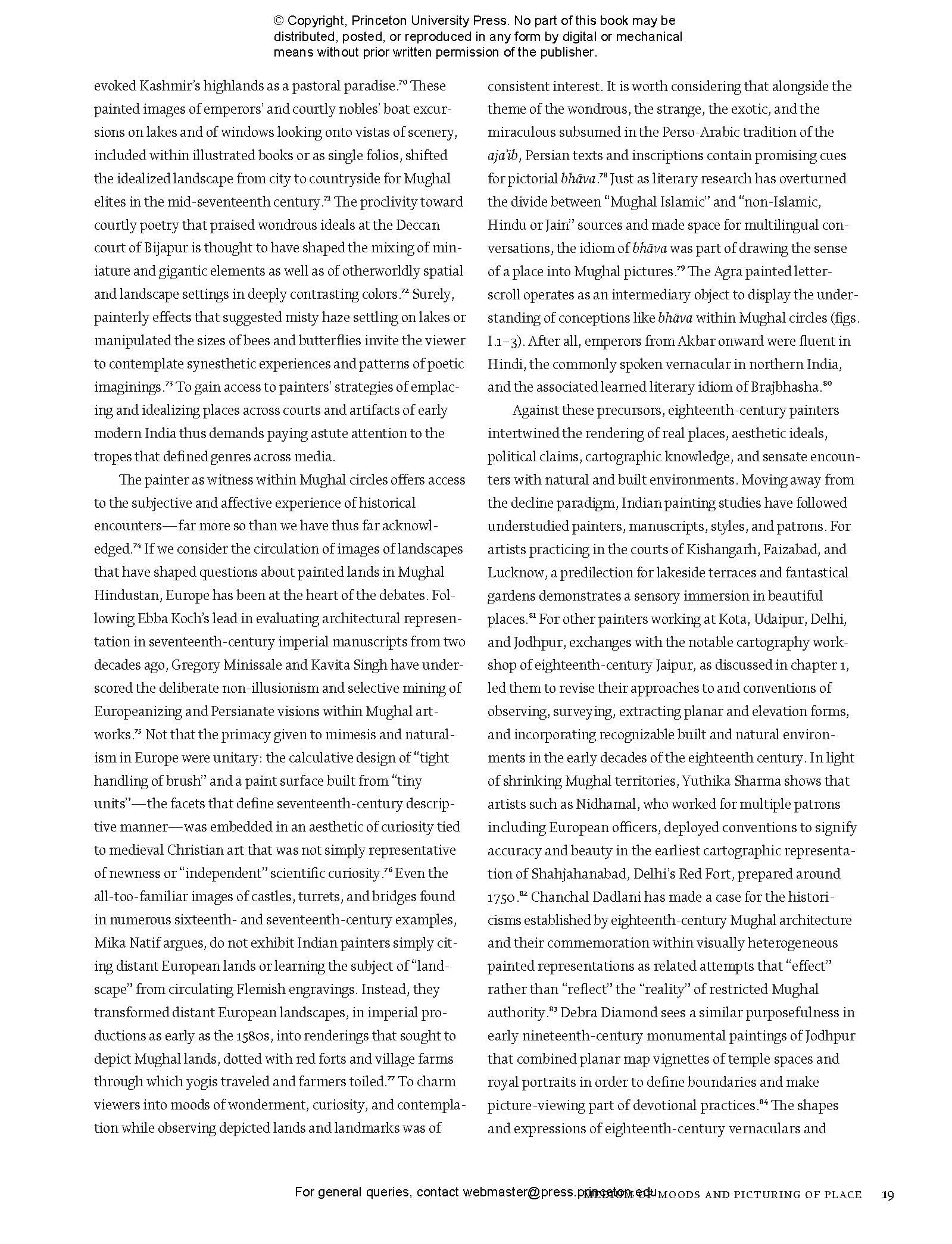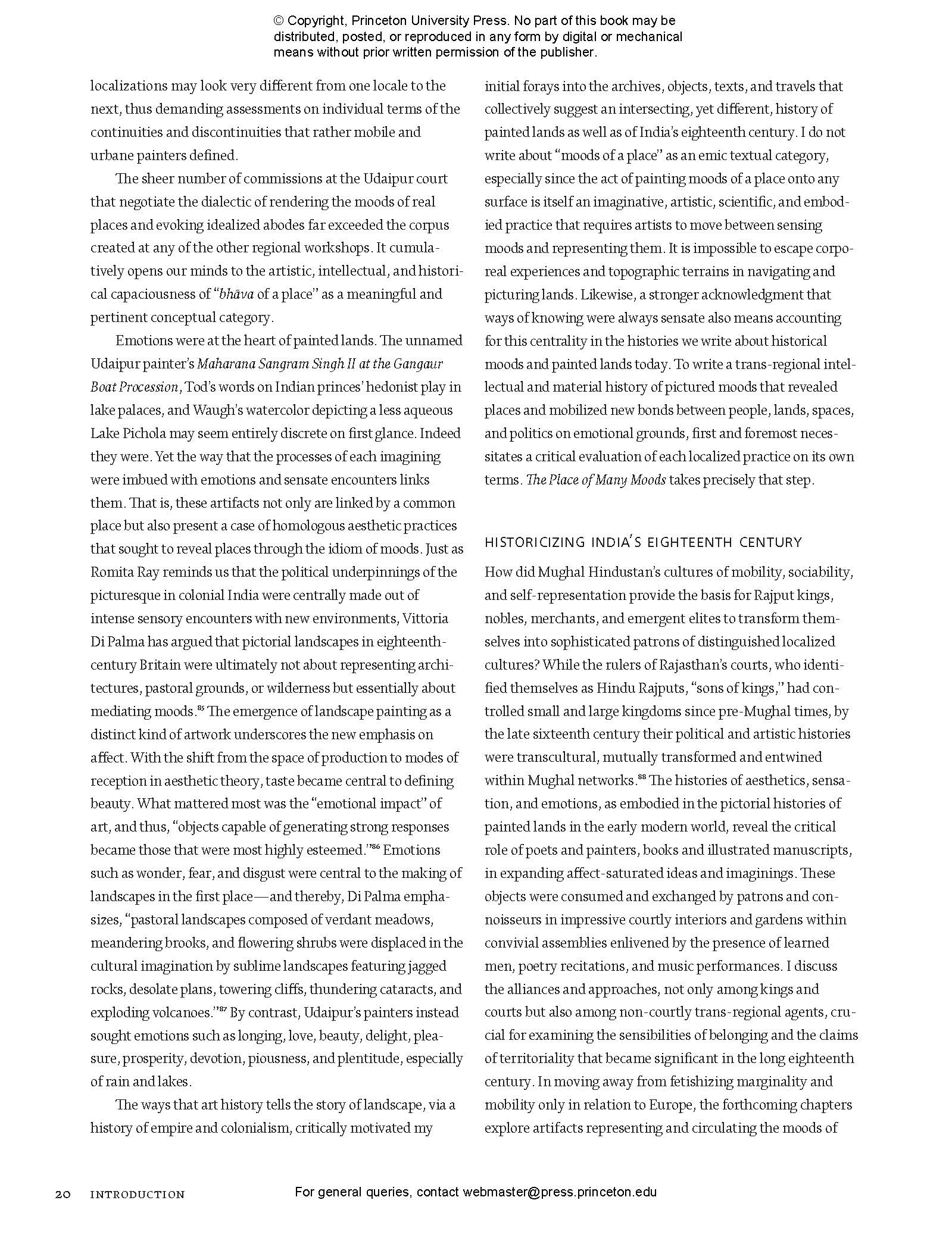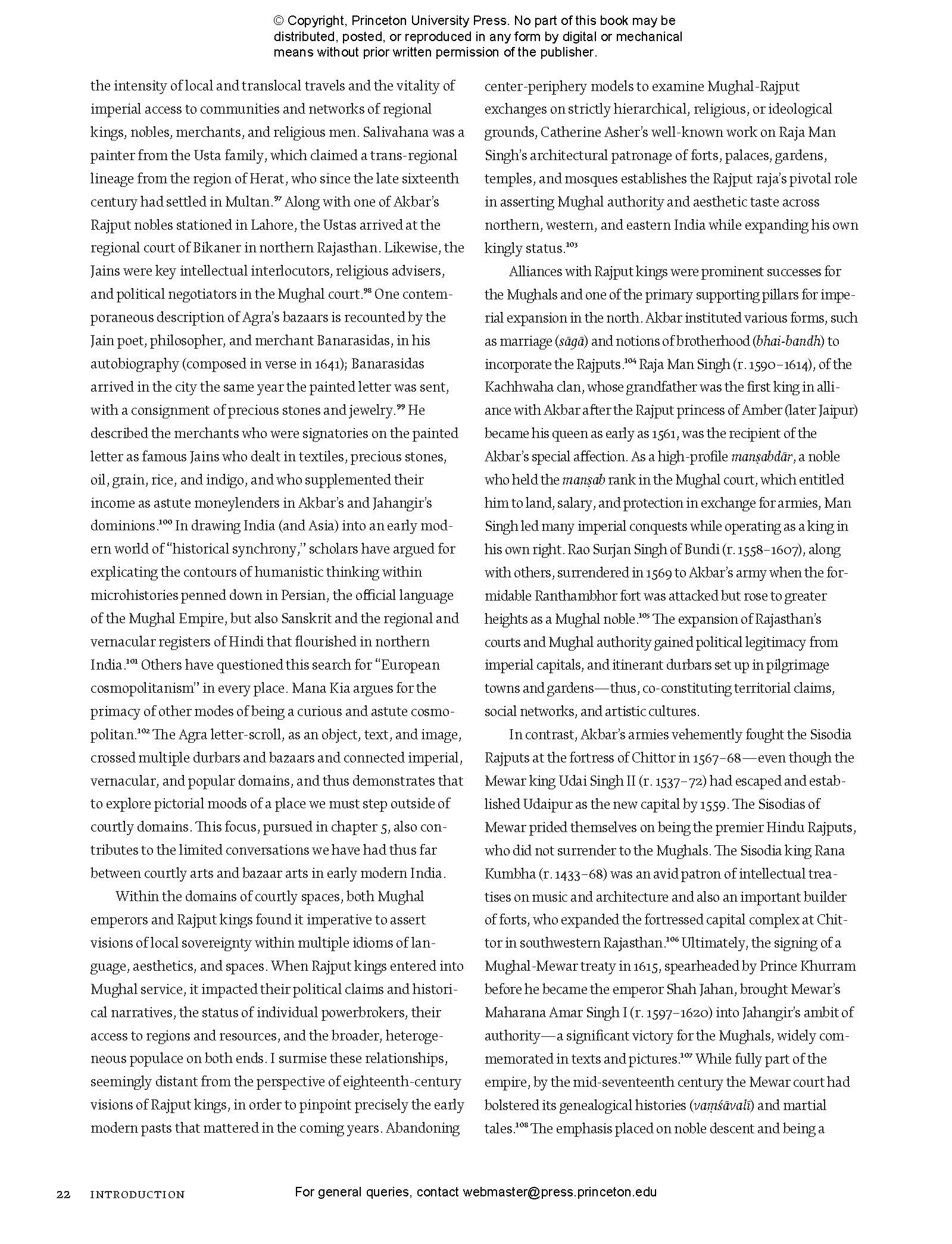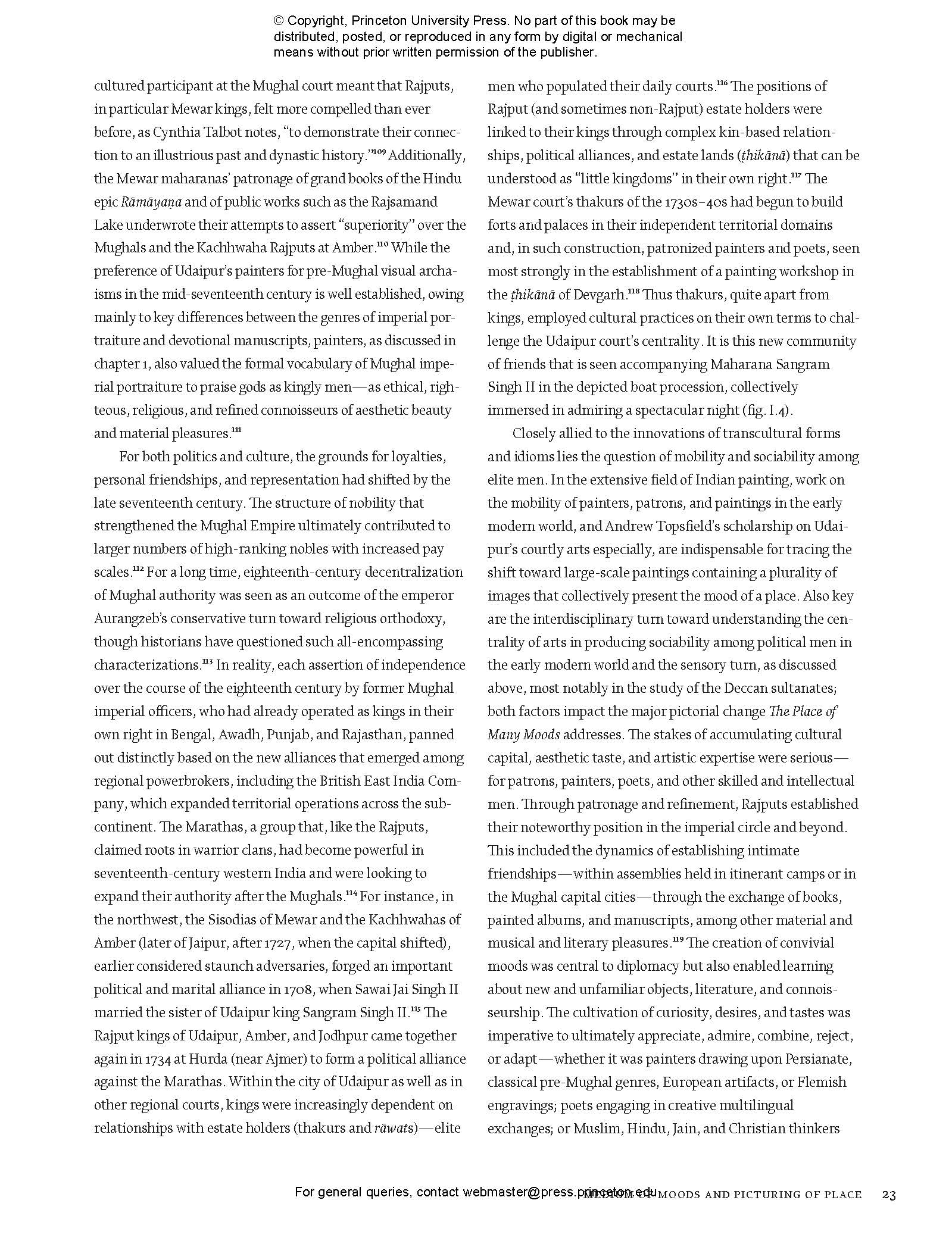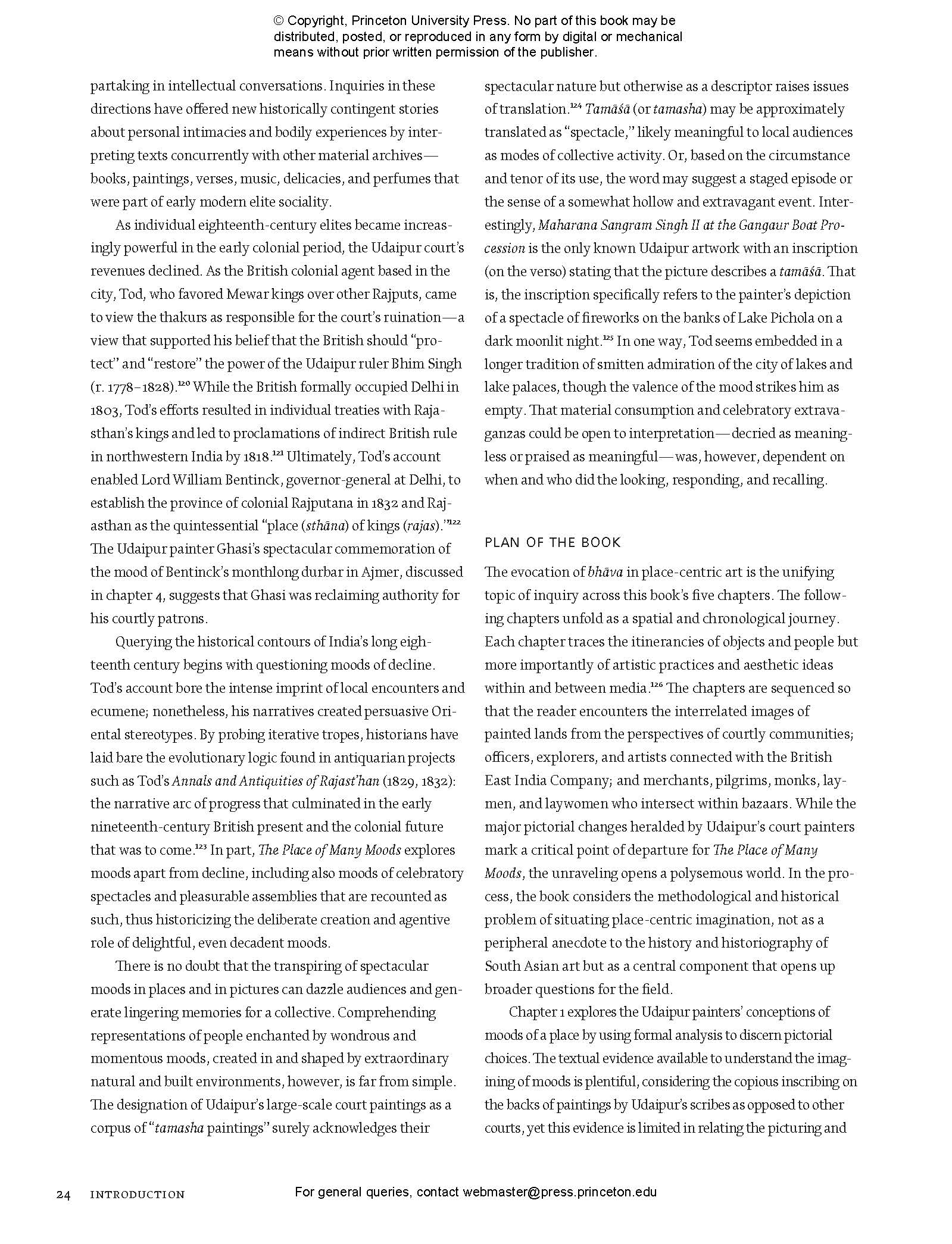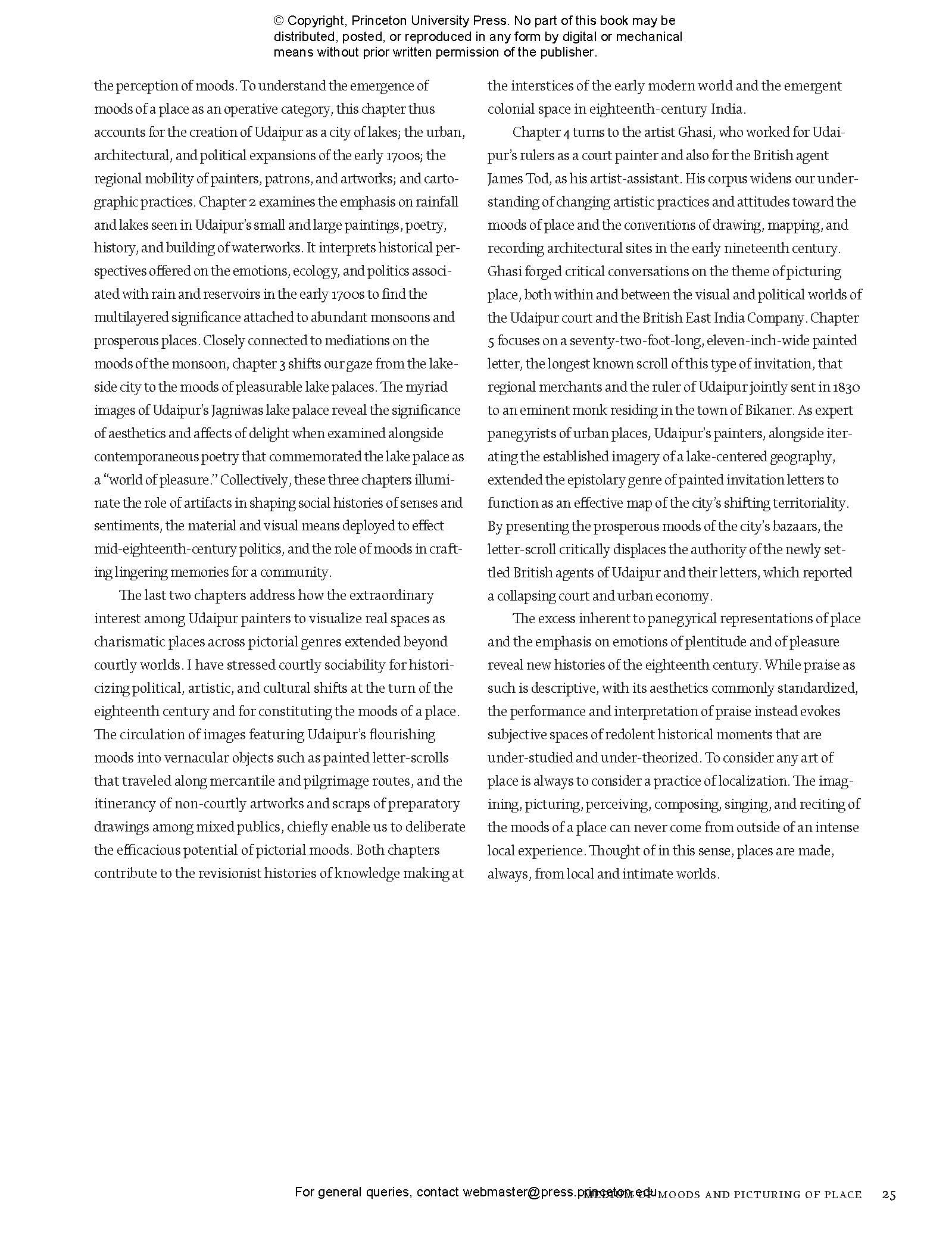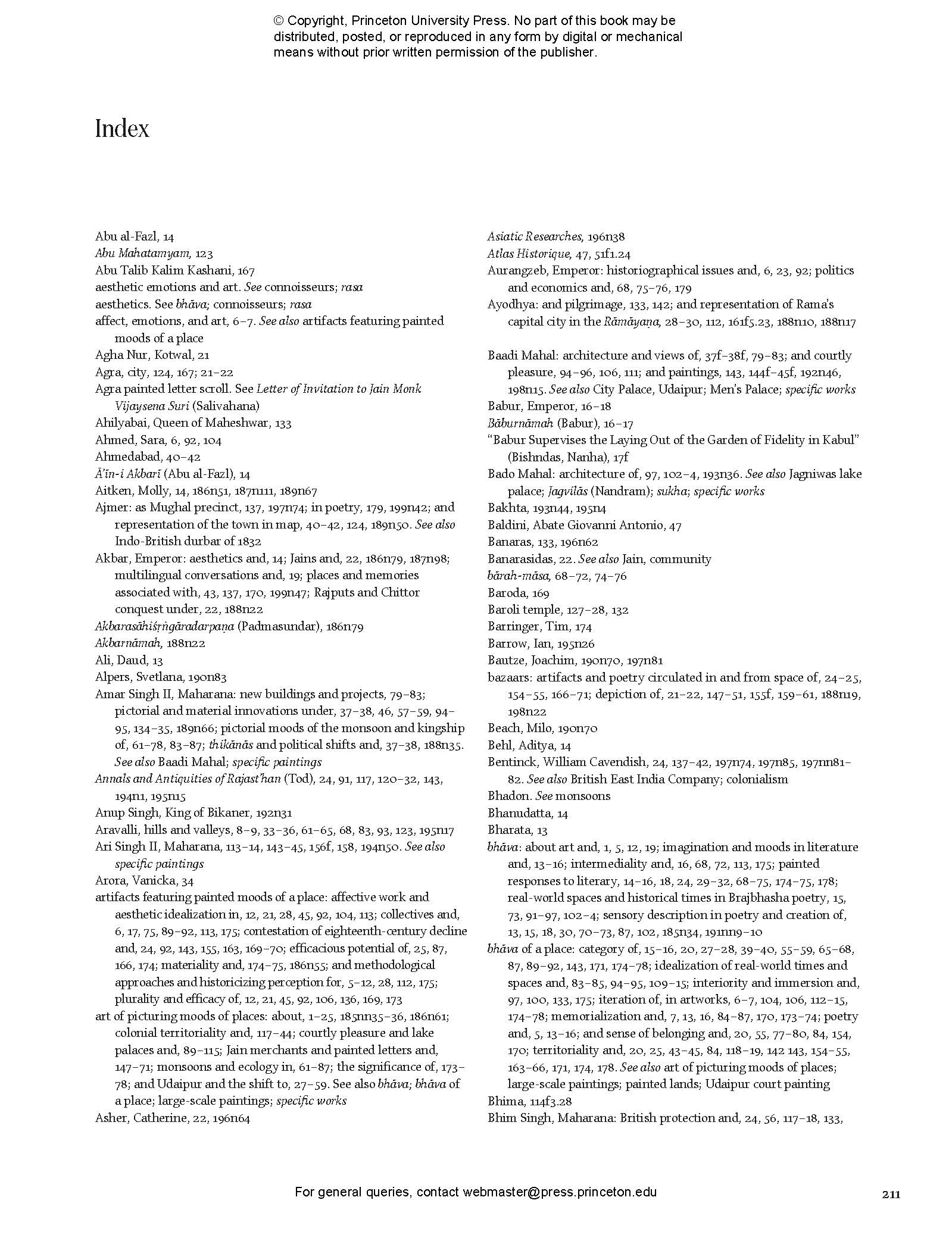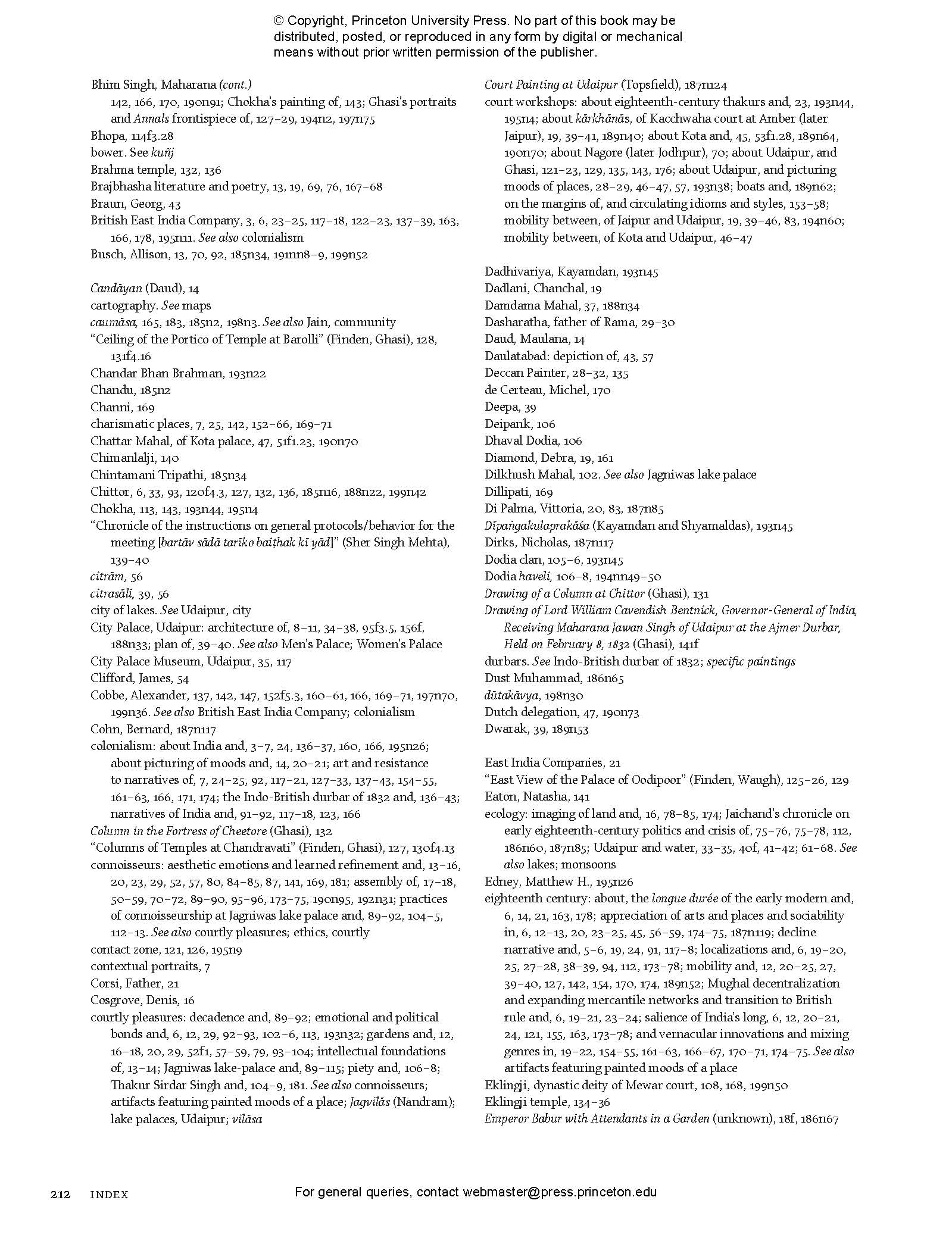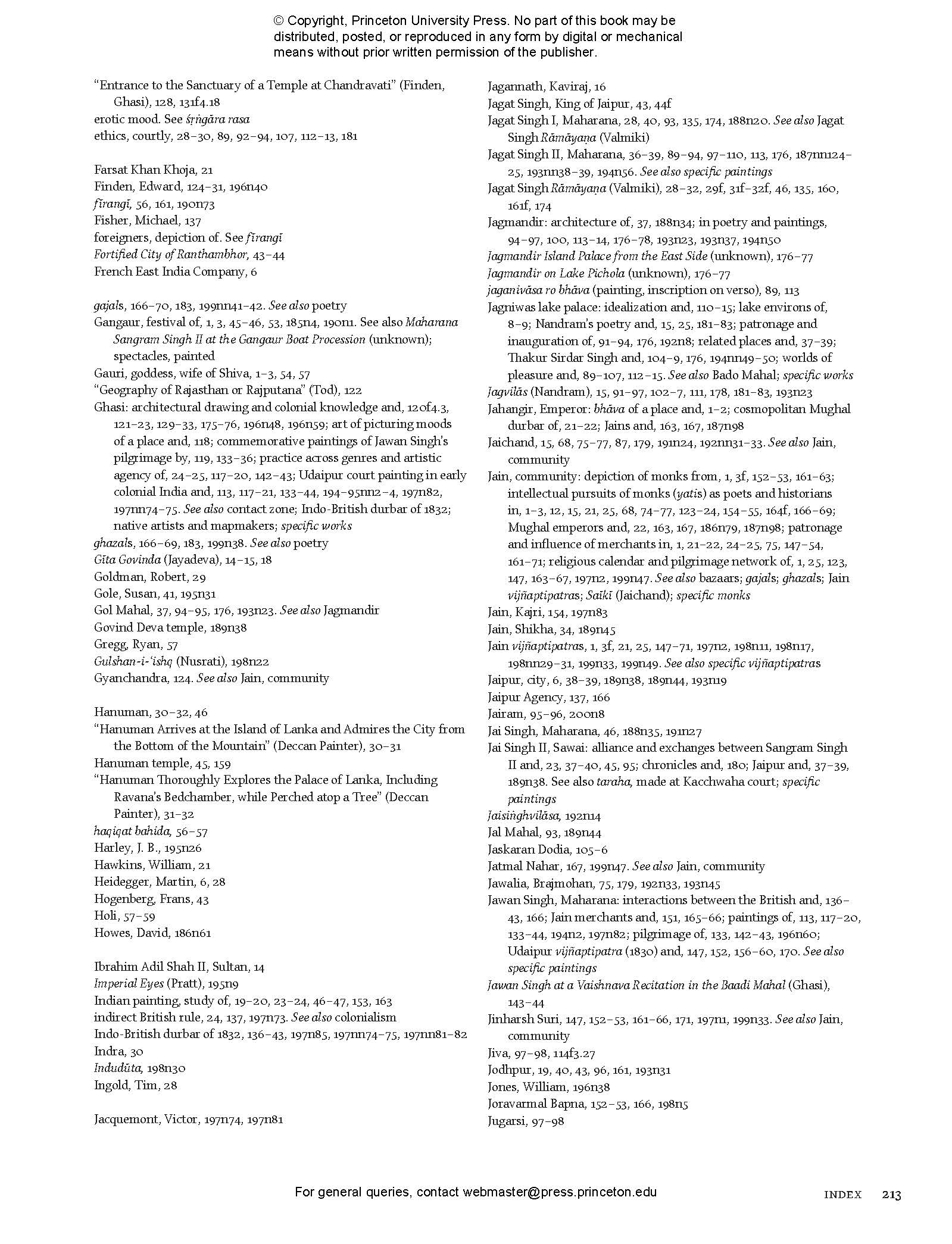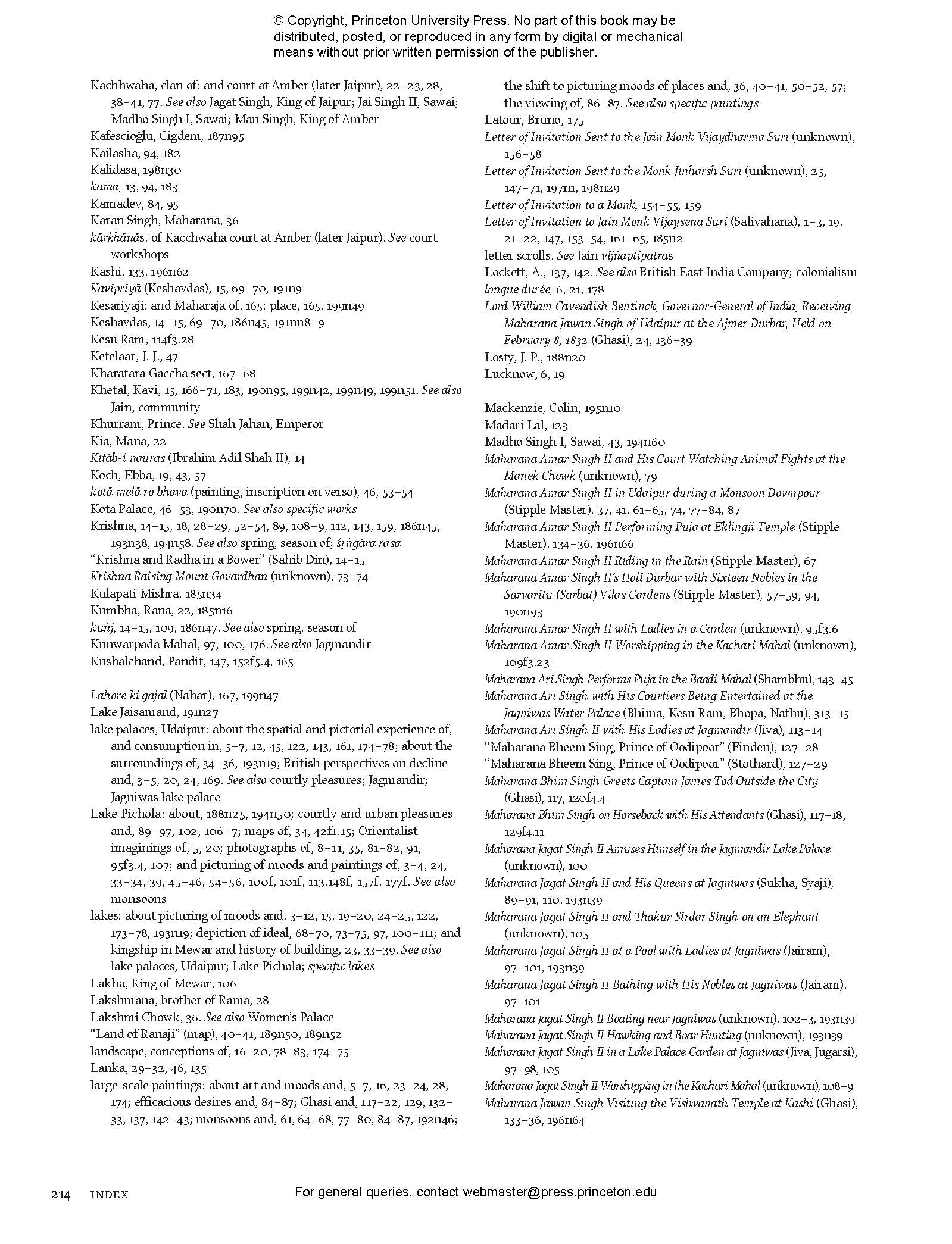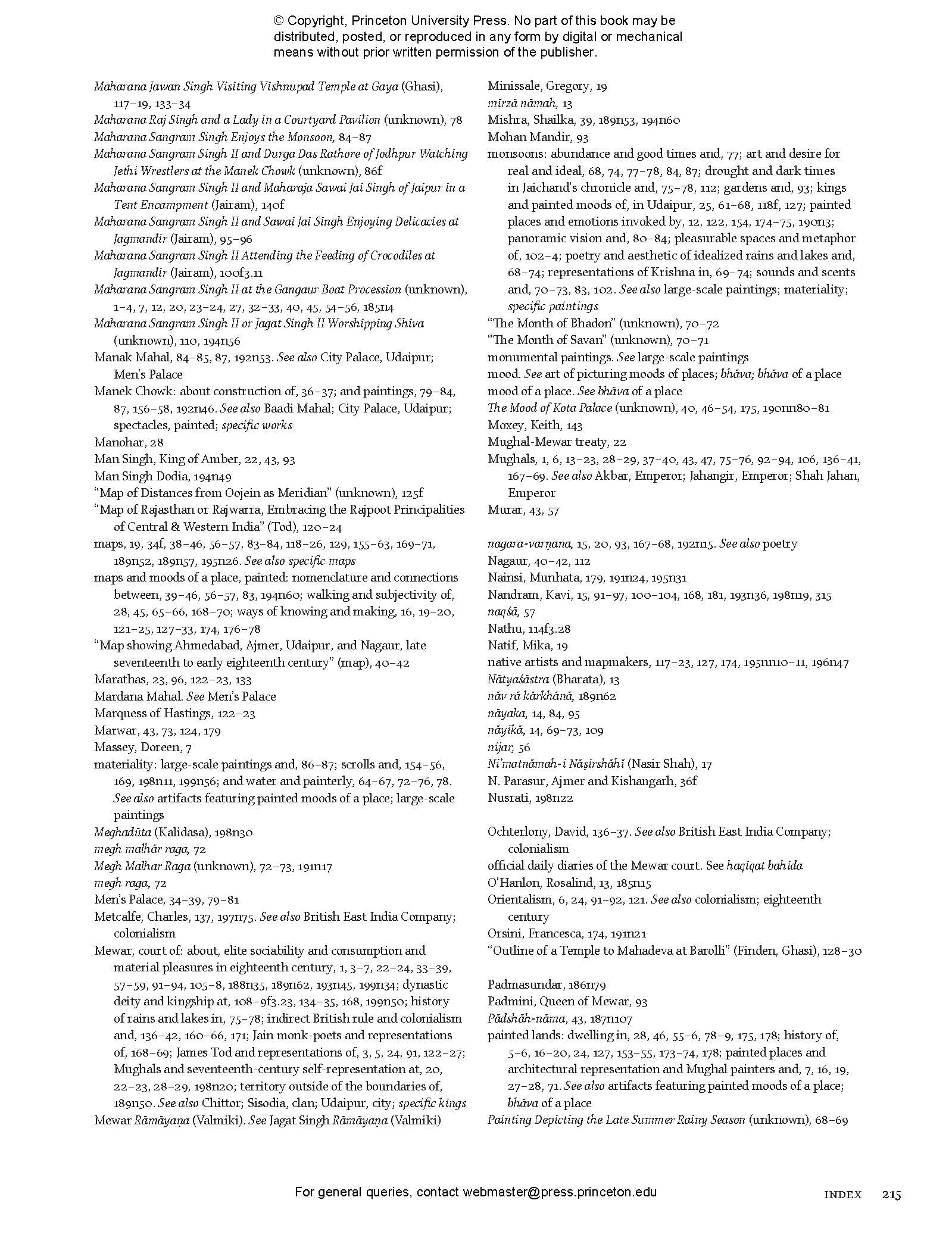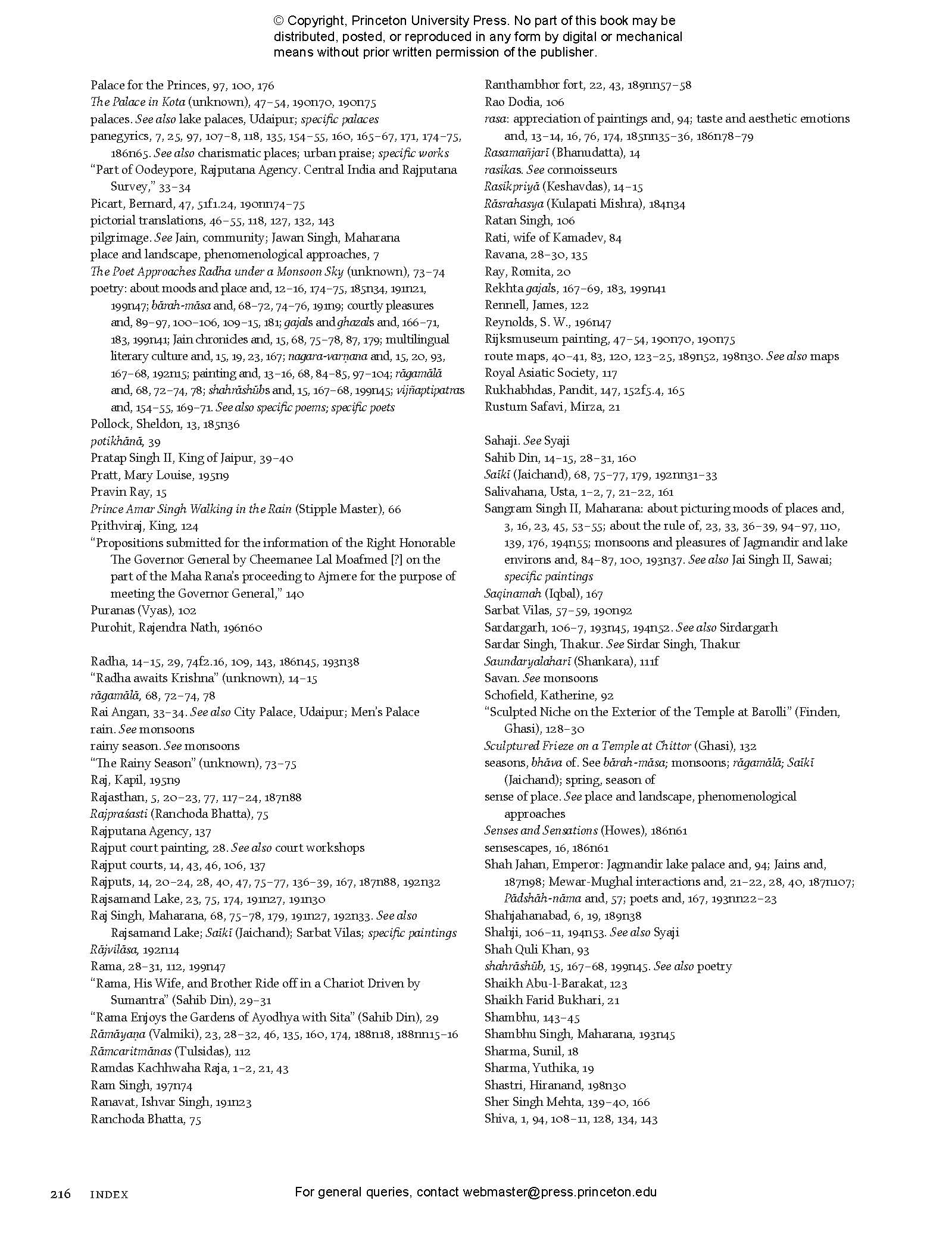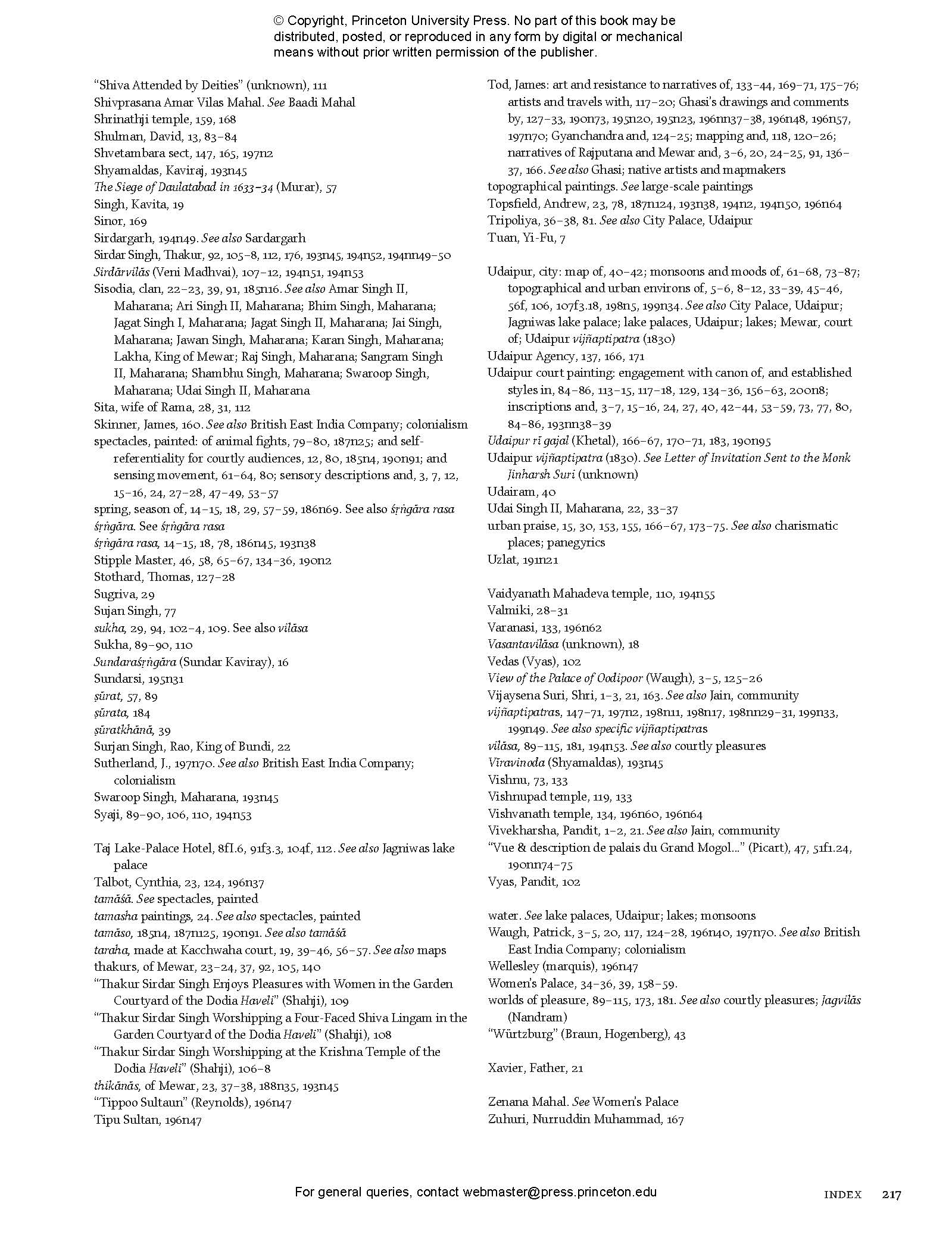The Place of Many Moods: Udaipur’s Painted Lands and India’s Eighteenth Century
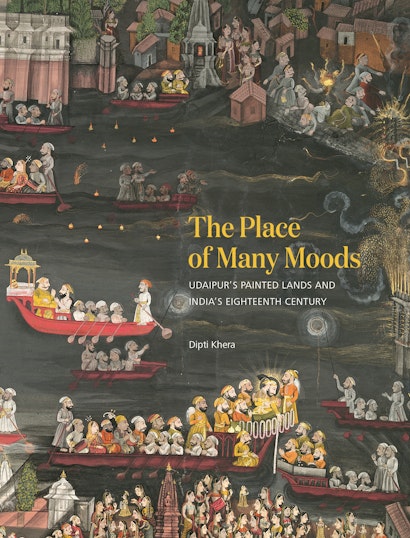

Hardcover
- Price:
- $83.00/£70.00
- ISBN:
- Published:
- Sep 29, 2020
- Copyright:
- 2020
- Pages:
- 232
- Size:
- 8 x 10.5 in.
- 159 color illus.
- Main_subject:
- Art & Architecture
ebook
In the long eighteenth century, artists from Udaipur, a city of lakes in northwestern India, specialized in depicting the vivid sensory ambience of its historic palaces, reservoirs, temples, bazaars, and durbars. As Mughal imperial authority weakened by the late 1600s and the British colonial economy became paramount by the 1830s, new patrons and mobile professionals reshaped urban cultures and artistic genres across early modern India. The Place of Many Moods explores how Udaipur’s artworks—monumental court paintings, royal portraits, Jain letter scrolls, devotional manuscripts, cartographic artifacts, and architectural drawings—represent the period’s major aesthetic, intellectual, and political shifts. Dipti Khera shows that these immersive objects powerfully convey the bhava—the feel, emotion, and mood—of specific places, revealing visions of pleasure, plenitude, and praise. These memorialized moods confront the ways colonial histories have recounted Oriental decadence, shaping how a culture and time are perceived.
Illuminating the close relationship between painting and poetry, and the ties among art, architecture, literature, politics, ecology, trade, and religion, Khera examines how Udaipur’s painters aesthetically enticed audiences of courtly connoisseurs, itinerant monks, and mercantile collectives to forge bonds of belonging to real locales in the present and to long for idealized futures. Their pioneering pictures sought to stir such emotions as love, awe, abundance, and wonder, emphasizing the senses, spaces, and sociability essential to the efficacy of objects and expressions of territoriality.
The Place of Many Moods uncovers an influential creative legacy of evocative beauty that raises broader questions about how emotions and artifacts operate in constituting history and subjectivity, politics and place.
In the mood for art in India’s eighteenth century
Material unfurling, digital scrolling, urban strolling, c. 1830–now
Awards and Recognition
- Shortlisted for the Kenshur Prize, Center for Eighteenth-Century Studies, Indiana University
- Winner of the Edward Cameron Dimock, Jr. Prize, American Institute of Indian Studies
- Finalist for the Charles Rufus Morey Book Award, College Art Association
- Shortlisted for the BASAS Book Prize, British Association for South Asian Studies
